-
Posts
3,625 -
Joined
-
Last visited
-
Days Won
21
Content Type
Profiles
Forums
Events
Posts posted by Tango
-
-
On 27/08/2021 at 17:07, Pedro said:
Woke up feeling normal, today, and went for a ride to check out the RARET. Even though this didn't create the photo content I was looking for I have just recently found about this bit of history and it interested me, so here it is.
RARET is short for portuguese RAdio de RETransmissão (Retransmission Radio). At the time Portuguese leader (dictator) demanded that this station only retransmitted content created elsewhere, and no person worked there that wasn't a sympathizer to his party, the Estado Novo, to do this his political and censorship state police went through every worker with a fine tooth comb. (PIDE - Police for Investigation and Defense of the State)
Portugal wasn't really a place of free speech or liberty back then, which is quite ironic since this station started to retransmit the american "Radio Free Europe / Radio Free Asia" mostly trying to convert people on the other side of the Iron Curtain.
Salazar's phrasing very roughly translated by me, it's a difficult speech to convey in English: "A big number of European countries, threatened in their life and liberty, are now counting with the aid of the United States and with the help of each other for the defense of divulging their patrimony. It seems difficult, in such circumstances to be absent from this."
The content transmitted would in languages very much foreign to most portuguese residents, so people from the Eastern block were in charge of monitoring them to make sure they wouldn't be retransmitting Russian programes. Mr Pasqualino (an Italian), a guy who was fluent in 12 languages was the master linguist, often pointing out they were receiving the Russian transmission which arrived here in far stronger signal than the American. It's very recognized that without him this station would frequently be transmitting the Russian signal, and that would be most inconvenient.
He would receive transmissions from Germany in Vila Franca de Xira, record them, and then drive them over to Glória do Ribatejo for broadcasting those recordings. Strange times. Eventualy, this was streamlined...
The engineers brought from the armed forces to work the radio and electronics eventually got into a groove and found themselves with plenty of free time, hence they were put to use in a Technical School that was built in Gloria do Ribatejo (name of the town translated to Ribatejo's Glory). This school was open to whoever intended to enroll, and was responsible for a big increase of kids from this village to get a quality education and a substantial increase in their progression to Universities, not much of an occurrence before that.
The RARET obviously had a medical facility to care for it's staff, this was quickly put to use and open to the community, their ambulance and maternity ward made a big difference in the lives of those people back then.
The RARET transmited from 1951 until 1996, which quite surprised me. Upon shutting down, some building were donated to the community, some were converted to the local council management, some modified and converted for community groups to use. All the now obsolete radio equipment was dismantled and donated to the local council, who having no alternative use sold it for scrap.
The whole thing was a big positive influence in the quality of life of this village, and it stopped with the best impact it could have. The main buildings are currently abandoned just a couple of kms out of town, and I went to have a look.
Unfortunately I couldn't really get a close look at the thing, I rode around the entire compound searching for an opening but it would have involved climbing over a fence or forcing a gate, and I wasn't going to do that.
Main entrance:
A glimpse at the compound homes, now unused, apparently 70 homes used to be occupied by people working here.
The main building in the distance,
Typical local broken road around the fence, plenty of houses around though.
Rear entrance, also pretty shut
On the edge off the Village, a few posters with period pictures were posted this year, celebrating the 70 years of the first transmission in 4th July 1951.
Popped to the village for a pick me up expresso, old builders' homes converted to a new community building and park, named after the Radio Free Europe president:
During this RARET operation, Portugal went into war in Africa and Asia over it's colonies independence, the last country in the EU to have colonies is not the proudest moment in our history, but even worse is that the way we left was very damaging for those countries's future. A small memorial to a couple of local soldiers who died overseas.
It started getting warm, and I headed home. I was a little disappointed that access to the buildings wasn't easy but I did stop on an abandoned crumbling building for your delection

So here:
Exiting, the property owner stopped by me on his pickup and was apparently very irritated that I took a couple of pictures of his crumbling building, even though it's door was wide open and I didn't go in. As I asked why he was getting so aggravated he started to get more and more irritated, and proceeded to move his pickup a few meters forward to write down my plate number, which he did over a thick cloud of dust when I got on my merry way, what a twat he was.
A brief stop over my favourite bridge on the way home, Ponte Rainha D. Amélia:
Plan was to pull some weeds in the afternoon, but it's too hot and I'm not feeling that right now. This report turned into too much of a history lesson for my taste, sorry about that, but if you're up for more here is a link to a page with some old pictures of the radio station:
https://restosdecoleccao.blogspot.com/2014/07/raret-radio-retransmissao.html
Excellent report, Pedro. I think that the history lesson is interesting and gives context to the photos, so keep it going.
-
 3
3
-
-
-
13 hours ago, MooN said:
Bike trip to Verdun. 30th August to 1st September 2021.
Having visited the 1st war battlefields of the Somme with their British and commonwealth cemetery’s and memorials and the American memorials and cemetery’s of the Meuse in Chateau Thierry (some of you will have seen those ride reports on previous incarnations of this site or similar) I have been trying for a while to organise a visit to Verdun and the French front of the 1st war.
I’d been planning this trip for a while but struggling to find 3 days on the trot where no other obligation interfered with my being absent from either work or home. When work decided at fairly short notice that I could have 10 days holiday, I cleared it with the Mrs and fitted t in between a weeks hols (at home) with her and the kids, and the kids return to school.
I dug the tent out of the shed and checked it wasn’t mouldy or rotted (I don’t use it very often…) and that all the poles and pegs were there. That being done I booked a spot in the municipal campsite in Verdun for a couple of nights and organised my kit for a couple of days away by bike.
Sleeping bag and mattress in the plastic bag at the back. I reckon I won’t even need a tank bag.
Loaded
Just needed to update the GPS
and away.
Verdun is just sufficiently far from home to make it not doable in a day, at least not time wise if you want to actually visit any of the sites, but it’s not a full days ride to get there either so I left after lunch on Monday and as I was on my own purposefully planned a route via back roads and small villages, having all afternoon before me to cover the distance with the only constraint being the campsite sign in before 19:00.
I usually stop after ½ hour or so of leaving home to have a quick check of baggage etc., just to make sure nothing’s come loose. To be faire it’s not really necessary with this set up as I only have the tent which is not inside the panniers, but old habits die hard and I still had a repaired rear left indicator that I needed to keep an eye on as repairs numbers 1 to 3 hadn't lasted ore than about ½ an hour. This repair seemed to be holding ( and indeed held for the entire trip).
the weather was overcast but not cold which was almost ideal riding weather as I didn’t overheat immediately upon stopping.
Le Lac du Foret de Lorient, north east of Troyes.
No comment…
I rolled up at the campsite about 18:00, signed in and paid my dues (19€70 for bike and tent for 2 nights) and was attributed a pitch right next to this guy
Needless to say it didn’t take long for him to come over and say hi. A brit who left home 5 years ago and on his way to the ferry home having covered 49 countries and 230,000miles in the meantime.
Campsite
I ate at the campsite restaurant and retired early. I probably snored loudly throughout the night but it didn’t disturb me and I woke the next morning surprisingly free of aches and pains.
I made coffee on the wee primus gas thingy, which was my only concession to proper camping, having decided and budgeted for not having to try and cook stuff or carry the necessary gear. Most of the morning passed in a pleasant chat with the guy next door about his travels and I eventually got moving about 11:00. stopped at a supermarket for some fuel and a sandwich for later and headed out to Vaux fort
“speckled Jim”?
The message carried by this pigeon reads (my translation)
“We’re still holding out but are under gas attack and the smoke is dangerous.
It is urgent to get us out.
Send immediate visual message via Souville who are not replying.
This is my last Pigeon.”
reading this bought immediately to mind the scene from the Lord of The Rings in Moria, where Gandalf reads the last lines left by the dwarves as they were overrun. “Souville” was one of the secondary underground forts further back, and I will come back to this later as I found another unequivocal reference from LOTR…
The fort de Vaux is up a dead end and on the way back to the main road, I saw a fingerboard sign pointing down a side road saying “fusillés de Tavannes” so I followed it.
the white plaque at ground level in front of the hole reads (my translation)
“mass grave where were found in December 44 the mutilated bodies of 16 patriot resistants massacred by the Germans”
This was a 2nd war memorial and kind of made me realise that this area was geographically and therefore strategically pivotal and heavily fought over in both wars.
I found a nice quiet shady spot to eat lunch, which had an almost rotten picnic table for me to use.
I was sat quietly reading a book and chewing a sandwich when I realised that the quiet and calm was REALLY quiet. I don’t know how much of it is imagination and autosuggestion but it is a commonly repeated tale that in places such as these where death and horror have been prevalent for a period of time, nature remains silent and even the birds don’t sing. True or not, that was the impression I had, not of horror, or of fear but just of calm and complete silence...not even birdsong. Then I heard a tap-tap… taptaptap...tap-tap… and caught a movement out of the corner of my eye. I reached for the camera and that scared him off but sitting still for 5 minutes saw him back again
a Nuthatch I think. @Specs? crap image cos I was almost on full zoom.
Back at the bike I saw these go by, again 2nd war stuff, odd to see them out during the week, especially so late in the season when tourists are thin on the ground.
this camera is really slow between shots and not good a shooting “from the hip” as it were.
I rode from my lunch spot towards the fort de Douamont, which is along much the same lines as the Fort de Vaux but I wanted to properly visit one of them, the inside as well and old that Douamont was better maintained. Had I realised that the 4€ entrance fee gave entrance to both forts I would have done both…
Before I got to Douamont I saw a gravel / dirt trail off to the left with a sign reading “Souville” This was a forest trail, clearly not frequented by hordes of tourists cars and certainly not any camper vans or buses. A quick look at the map suggested that it would be possible to cut through this track and come out to the other side and simply loop back north to Douamont.
About ½ a kilometre along this trail I came across this
The fort de Souville
Fort souville was a communications centre and underground fortified tunnel network which managed to hold out even after the fall of both Fort Vaux and Fort Douament. There was heavy fighting here and daily bombardements between june and september 1916 with a ferocious german attack on 11th and 12thJune. This is the rear entrance I think and despite being forbidden to the public due to the dangerous state of the maconry and the colonisation of the ruins by a protected species of bat, there are absolutely no barriers or physical interdictions.

I regretted having left my torch at the campsite in the tent cos it was absolutely totally black in there and when I approached the doorway I nearly jumped out of my skin when a couple of bats flew out and back in again. As I was alone and nobody knew where I was more precisely than “Verdun” I wasn’t about to go in there blind. I switched the camera flash on and took a pic into the passagewaylooking carefully at the pic I took I could just make out a large hole in the floor about 15 feet in. Bloody good job I didn’t go in there!
“The way is shut. The dead keep it and they do not suffer the living to pass. The way is shut.”
2nd LOTR reference…
Having bottled out of lying in the dark alone with a broken neck... I carried on down the track and came out into a layby on the road to Douamont. The look on the faces of the 5 or 6 camping car occupants having their picnics in the layby when I came out of the track was priceless.
I turned Noth as planned and headed fro Douamont fort, passing the memorial to André Maginot and the Ossuary/ Necropolis, which I would come back to later.
Douamont Fort
I paid the 4€ entrance fee to visit the interior of this one. I probably should have accepted the offer of the audio guide as the signage was sparse to say the least but I got the gist. Underground and under heavy andprolonged attack and bombardment this place must have been a living hell compounded by the apparition of gas shells and the first “ flammenwerfer” used to great effect inside the tunnels by the besieged Germans during the French counter attack and eventual recapture of the fort.
Dormitory
access tunnel to a machine gun post
Once outside again I walked around the Fort and came across the 3rd LOTR reference, a tapping sound made me look up and there was this thrush on the rock face…
From the top of the fort looking east
they had this gun turret that could be raised mechanically from below ground and rotate like a ships gun turret, one set of winding handles to raise and lower it and another to turn left or right. This is in the raised position. To the right in the photo is the lookout or spotters turret with it’s 4inch thick steel protective “hat”
The spotters protective turret top obviously took some hits…
In memoriam of the regiments of “Tirailleurs” from north Africa fighting under French colours.
From there I went back to the Ossuary and cemetery
The Ossuary
it contains the mortal remains of 130,000 soldiers both French and German.
The cemetery in front of it has a further 16,000 individual graves, each marked with a name, rank and regiment.
From there I went a couple of km’s further down the road to the “Tranchée de Baionettes” (the bayonet trench) Here, legend has it, that the advancing germans came upon a line of bayonets projecting upwards from the ground and on investigation realised that it was a French trench buried by earth thrown up from an exploding shell and the soldiers had died, buried alive standing where they were, bayonets fixed and ready to go over the top. The general consensus of opinion is that this is fairly unlikely in reality and a more realistic tale tells of dead soldiers having been buried in hastily dug shallow graves in a line and their batonets stuck in the ground in guise of grave markers. Legends being far more romantic than reality, it is the legend that captured the public imagination and this line of semi mythical bayonet wielding soldiers dying upright armed and ready. A wealthy American subscribed to erect a monument to their memory and protect this mythical trench.
The Inscription on the entrance reads:
“To the memory of the French soldiers
who sleep upright in this trench weapons in hand
Their brothers from America”
The 12th June, 2 battalions of French infantry held these slopes when the Germans began their attack supported by heavy artillery. 3 times they were repulsed. On the 14th June the remaining French positions, exhausted, starving and out of ammunition were overrun. 1 officer and 1 soldier made it back to HQ. The 137th infantry regiment lost 37 officers, 133 NCO’s and 1387 soldiers.
Before the war, both Fort Vaux and Fort Douamont had the villages of Vaux and Douamont nearby. Both these villages were totally destroyed by bombardment and today in each place there are 2 villages. The villages were rebuilt nearby and the destroyed villages left as they were, remaining as real places with a mayor and village council but taking the names “Vaux destroyed” and “Douamont destroyed” respectively. I went to have a look at the village of “Douamont detruit” expecting to find ruins amongst bomb craters.
There is, quite literally nothing there but hummocky grass slopes. This is destruction on a biblical scale (Matthew 24 verse 2) “...not one stone will be left upon another, every one will be thrown down.”
This pic is taken from the village square where the high-street enters.
You can just make out a couple of foundation stones buried in the earth but otherwise only craters.
I started to head back towards Verdun, which was only about 15 minutes away and that brought the realisation that the war was so intense and so destructive in this part of France that there are literally hundreds of memorials and relics and sites within a few miles radius of the town (which was itself almost completely destroyed). Riding along a forest road and looking at the woods on both sides something seemed odd and it took me a while to figure out what it was.
There are no big trees. Tall yes, but no girth.
NONE of the trees here are 100years old! Not one!
And the forest floor isn’t flat, or level, or evenly sloping, it’s tortured and hummocked and cratered over every single inch of terrain. That odd looking ditch alongside the road… it’s not a ditch, it’s a trench… men fought and died here, in their hundreds. It’s not a question of there being hundreds of monuments in the area, the ENTIRE area, every single square inch of it was a war zone and was bombarded into oblivion.
This is an ariel photo of Fort Douamont before and after the battle of Verdun.
At the beginning of the German offensive on Verdun they had 140,000 troops, 1,200 artillery pieces equipped with 2,5million rounds and had 1,300 ammunition trains to supply them further shells. The German air force also had 168 planes in the area. This was the largest scale attack in history. Facing them the French had a number of poorly equipped and ageing forts manned by 30,000 troops.
On the 14th February 1000 German artillery guns opened up along a six mile line. 100,000 shells an hour for 10 hours. The battle of Verdun lasted for 300 days and 300 nights and by the end of it somewhere between 6 and 700,000 people had been killed.
Much of the general terrain is still recognisable as battlefield due to the shell craters that overlap and run into one another leaving no ground flat or level but some of the trenches have survived and some are maintained as memorials but if you look closely they are everywhere.
i went on from here to the Verdun Memorial Centre and was about to cough up the 16€ (!) for the tour when the girl behind the desk said that the tour lasts about 2 hours. That was going to push me beyond 7pm and I wanted to get back to the campsite, have a shower and a beer before feeding time, so I gave it a miss. I rode back to the site the long way round and arrived back in time for a decent shower and a beer and chin-wag with my neighbour before going back into town for a restaurant.
--------------------
The next morning I was slow to heave my carcass out of the sleeping bag and by the time I’d got organised with coffee on the go my neighbour ( who, to be fair, has been doing this tenting lark rather more than I) had already nearly finished packing all his stuff away onto his bike and was ready to leave on his last leg to the ferry and home after 5 years away. We had a quick natter over more coffee and wished each other safe riding before he left.
I packed my stuff up slowly, being in no particular rush and having no particular timetable or plan for the day except to get home, preferably before dark. I had read many years ago about the Saint Mihiel offensive of September 1918 which was the first to be made by the American 1st army under general Pershing, supported by the French on the western flank. Here Patton made a name for himself with his aggressive tank tactics and saw the first majour use of the United States Army Air Service. On the way there I saw a signpost to “ Eparges”… How could I have missed that in the planning stages of this trip? My mother in Law had given me a book for Christmas written by Maurice Genevoix all about the battle of “Eparges” and she had said to me that “Grandpére Gauthier” (my wife’s great grandfather) had died as a soldier in that battle.
So I forked off and followed signs for Eparges and then “ Monuments” and came across the military cemetery.
Having done various military cemetery’s in the Somme and Meuse areas I know they usually have a file or book somewhere listing the names of the soldiers buried there and a grid reference for each grave. This can avoid hours of searching in what can be huge cemeterys with thousands of graves.
the book was behind a metal door set in the back of this pillar
There was only one Gauthier listed.
I rode up to the monuments, and back down. On to Saint Mihiel where I didn’t really find anything interesting so I must have missed something there. I stopped at a supermarket for fuel and picked up a sandwich. Phoned the Mrs to let her know what route ( ish) I planned on taking home and set off.
Got home at 17:30 and went straight into the shower cos I’d been riding into the sun for the last 3 hours and was all hot and sweaty with the temps up in the high twenties.
Overall I’d done 650km and the entire 3 day jaunt had cost me 160€ which includes fuel, camp site and food, despite restaurant feeding on the two evenings. The bike was, of course brilliantly faultless. My indicator repair had held up and I was pleasantly surprised at the lack of aches and pains following the nights in a tent.
Awesome report, MooN.
My ambition one day is to visit the D-Day beaches.
-
 2
2
-
-
-
-
-
3 minutes ago, XTreme said:
Is that normal there this time of the year Bob?
We got early thirties and dry all week.
September can get very wet, Pete. I keep getting adverts on Facebook from the government giving advice on what to do and how to prepare for flooding, so I'm guessing that we're in for some pretty wild weather coming up.
-
 2
2
-
-
Went to the beach today, but unfortunately no bikes involved. Weather is looking a bit shit for the next week or so, so runs on the bike may be limited then too!
-
 2
2
-
-
Love me a bit of Motorhead.

-
 1
1
-
-
On 02/09/2021 at 09:52, Tango said:
My biggest gripe at the moment is concerning the transfer of the private pension fund from my last employer. I've been retired for a year now and they're still fucking me about! First it was the pension administrators who took forever to respond to my Independent Financial Adviser and then put up as many obstacles as they could. Once we got around that they then said that they've passed it on to the pension trustees, who are ignoring everyone! I've even got my old manager at the company to put pressure on the payroll manager to get things sorted, but nothing!
Fortunately I've got other private pensions that are paying out, so I'm not skint, but I'm fully expecting the chancellor of the exchequer to start looking at ways to get his hands on some of the money in private pensions soon and I'd rather get all the money transferred to my overseas fund than see a big chunk get grabbed by those bastards!
Anyway, that's what's gripping my shit at the moment!
It works!!!!!!
Had a message from my Independent Financial Adviser this morning to say that he has been informed that the transfer of my pension funds is going ahead!
So, the power of this thread is not to be underestimated!



-
 3
3
-
 4
4
-
-
There was a lad that I did my apprenticeship with called Micky. His knickname was Desperate, after Desperate Dan the comic character who ate cow pies. So, Milky was a big lad, 6'3" at least and probably around 18 stone. On the rare occasions that he shaved before work he'd have a really dark 6 o'clock shadow by lunchtime. He also had the thickest NHS glasses that I'd ever seen and his eyesight was still shocking. He used to ride a CZ 250.
Anyway, he went on holiday from Kent, where he lived, to Norfolk broads with his mum and brother. Because his mum's car was a bit small for them all to fit into along with their luggage Micky volunteered to follow his mum's car up there on his bike.
When they got to Dartford tunnel his mum stopped at the toll barrier to pay, but Micky didn't and ran straight into the back of the car and ended up on the roof!
They had hired a boat on the broads for a week, but because of his shocking eyesight, he hit a bridge and took all the windows out down one side of it within a couple of days.
I think that Micky's CZ had the forks bent more often than they were straight!
-
 3
3
-
-
11 minutes ago, Mawsley said:
Did you have to wait till it went soft?
I had to use the toilet on a transatlantic flight one time for a shit. I flushed the toilet and the little flap dropped down and there were the usual sucking and whooshing noises ( you'll know what I mean if you've used an airplane bog) and the flap swung back up with my turd still firmly attached! I tried a couple more flushes, but it wasn't letting go! In the end I had to wrap some bog roll around my hand and give it a nudge whilst flushing, which did the trick, but by this time there was a reasonable queue outside waiting to use the bog. I tried not to make eye contact with anyone as I made my way back to my seat!


-
 1
1
-
 5
5
-
-
-
Another thing about Frank that used to make us laugh was that every now and then he'd get sent to a job in Essex. So Frank would drive up from his home and through the Dartford tunnel to get to the job. That was all ok, but on the way back he'd drive into London and go through Blackwall tunnel to get home, which was the long way back. Frank was an ex paratrooper, but he was afraid of heights, so he wouldn't drive back over the QEII bridge at Dartford because it was too high!


-
 6
6
-
-
4 minutes ago, XTreme said:
I worked with a guy who had been everywhere, done everything, knew everything......you know the type.
It was in a motor factors in Swansea in the late 70's......I was about 24/25.......he was mid thirties and originally from London.
I remember one time I asked him if he was in the Swinging Sixties London scene.......and he came out with all this shit about kipping at Hendrix's flat, being in the studio when "All you need is Love" was recorded, out drinking with Keith Moon etc.

So I asked him was it true with the Mick Jagger - Marianne Faithful Mars Bar story?
He turned to me, and said absolutely emphatically......"Too bleedin right it's true.......cos Mick used my Mars Bar to do it".
Quality!




-
15 minutes ago, Catteeclan said:
Tune.

Good album too.Agreed, not a bad song on the album.

-
 1
1
-
-
I was thinking earlier about some of the characters that I've worked with over the years and some of the things they've done or we've done. One story that I remembered had me laughing to myself:
In my last company there was an engineer that was originally from South London, but he now lives on the south coast.
Frank was in the paratroopers for a while before he had a career change. He was a couple of years older than me. Frank isn't that tall, but he is as broad as he is tall and there doesn't seem to be a discernible neck attaching his shaved head to his body!
Anyway, Frank used to occasionally get sent from his home at the seaside to jobs in London, which he absolutely hated. He'd get the train up to the city, get the job done as quickly as possible and head back to his haven.
One day he had a job in St Thomas' Hospital on the South Bank, opposite the houses of Parliament. It didn't go well and he was there all day and into the evening. When he left the hospital he was in an absolutely foul mood and tramped back towards Waterloo Station to get the train home. On the walk back he was approached by a young guy who pulled a knife and demanded Frank's wallet. Frank squared up to the youth, glowering at him and snarled "do I look like a fucking victim to you?!!" The lad stared at Frank for a second, with his mouth open, then turned around and ran away!
Frank was a lovely guy, but you didn't want to get on the wrong side of him!


-
 1
1
-
 7
7
-
-
So as not to keep hijacking Yen's Stories thread I thought that I'd start a kind of parallel thread for people's funny stories. Many of us have been around for a good long time and seen and heard all sorts of funny stuff.
So, to lighten the mood, let's hear your stories and anecdotes.
-
 2
2
-
-
-
24 minutes ago, XTreme said:
Just use GMail.......nothing beats it!
I've used yahoo mail for years and had no bother with it.........so far!
-
 2
2
-
-
-
The late, great Terry Pratchett.

-
 1
1
-
-
11 minutes ago, Cupid Stunt said:
In this case I want pin sharp stars so used a more complicated method than is required
All you need is any DSLR and a wide angle lens such as a Samyang 12mm f/2.8/Tokina 11-16mm etc a fast aperture is preferable as you need to gather as much light as you can in a fairly short period, the focal length determines the maximum exposure time you can get without having visible trailing stars, the 500 rule is most commonly used and that is that you divide 500 by the focal length of the lens (assuming it's a full frame camera) that will give the max duration the shutter should be open
So for example on a Sony A7RII full frame camera with a 20mm lens the longest shutter speed would be 25 seconds, if you're using a crop sensor camera (APS-C/DX or Micro 4/3rds) you need to calculate the equivalent focal length first, i.e. a 20mm lens on an APS-C camera is actually 30mm equivalent as APS-C has a 1.5x crop factor, Micro 4/3rds has a 2x crop factorAn ISO of 3200 is usually best but you can adjust this according to light gathering requirements, higher levels will introduce more noise and generally speaking smaller sensors are noisier than larger one's
If noise is a major issue then you cane take multiple high ISO exposures and stack them in post production using a median blend mode (as the noise is random it will be smoothed out but leaving constants like the stars intact)
But back to this shot
It was taken with my Fujifilm X-T2 mounted on a Skywatcher Star Adventurer (star tracker) one 2 minute exposure for the stars and another of 8 minutes (with long exposure noise reduction switched on in camera) for the foreground, the two then composited together
Typical settings for an APS-C camera would be ISO-3200, 25 sec, f/2.8 with a 12mm lens for a single shotSo, my phone camera won't hack it then!


But, seriously, thanks for your comprehensive answer. I used to see posts on Facebook from a group that concentrate on photography of the Milky Way and some of their photos of the Pillars of Creation and the various Nebulae were amazing, but it took some really serious kit to get those photos. Unfortunately I don't see their posts in my feed anymore, but I'm loving your shots of the Milky Way.

-
 2
2
-
-
-
 1
1
-

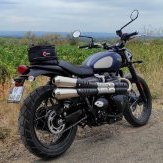

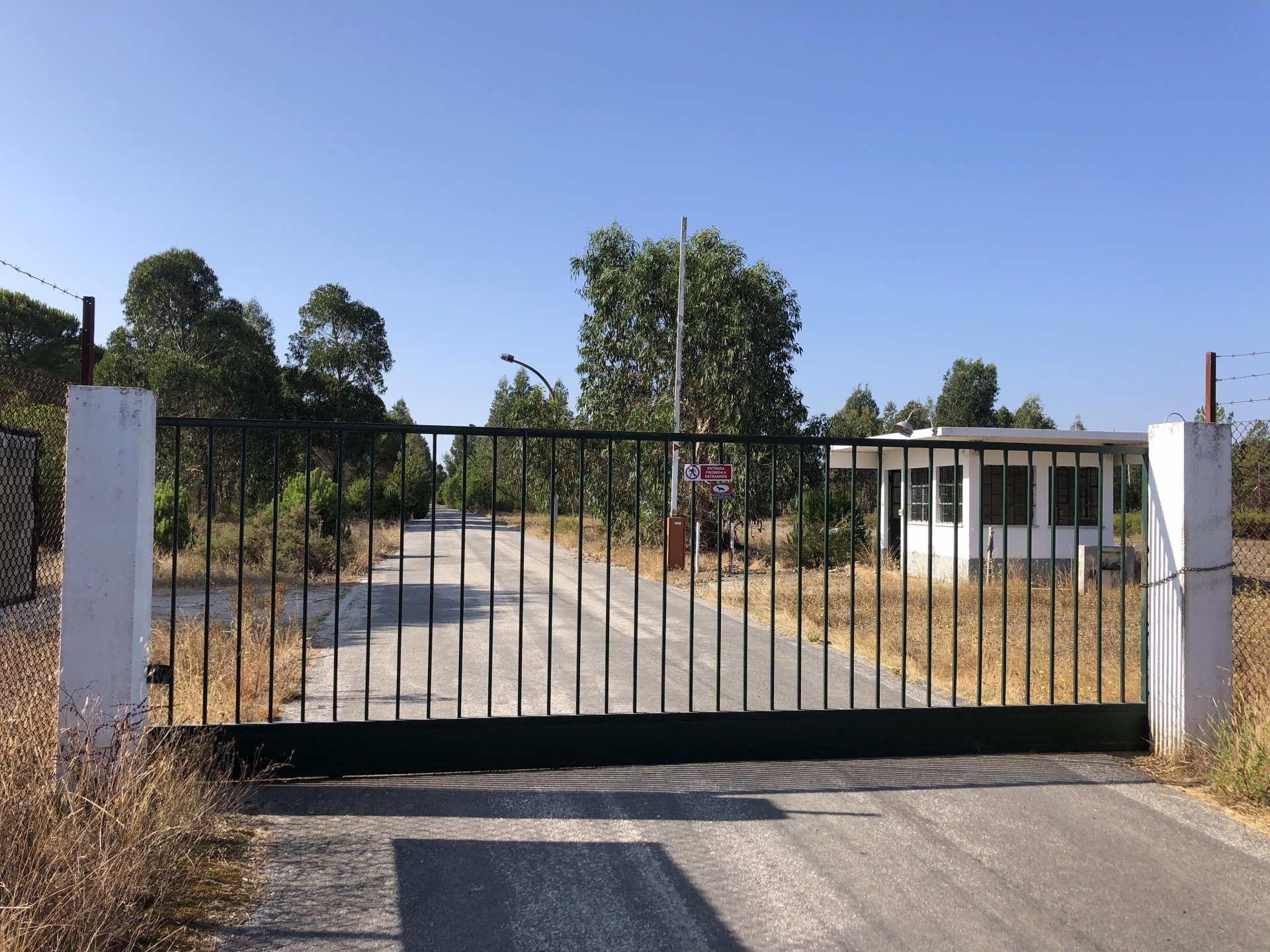
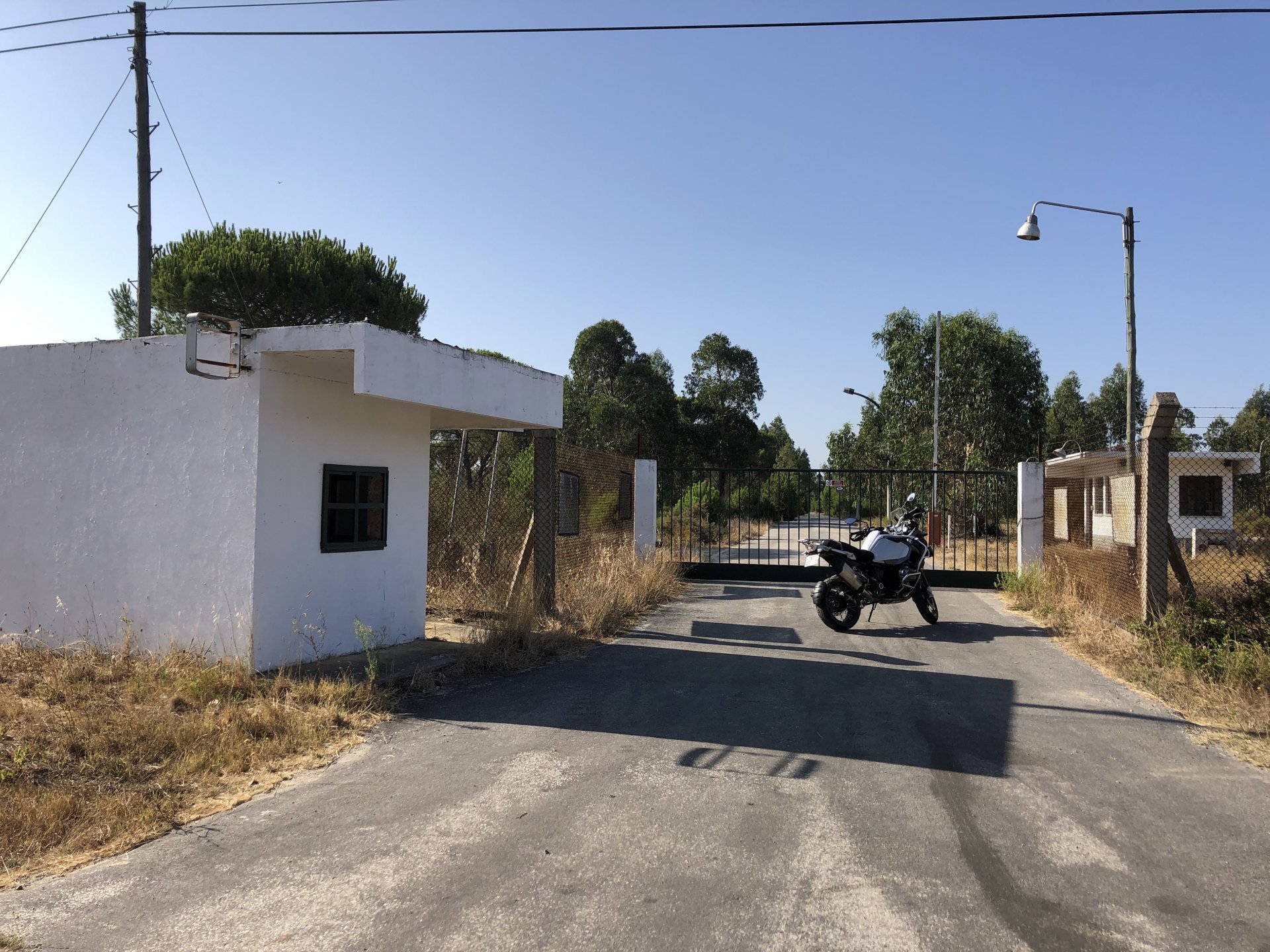
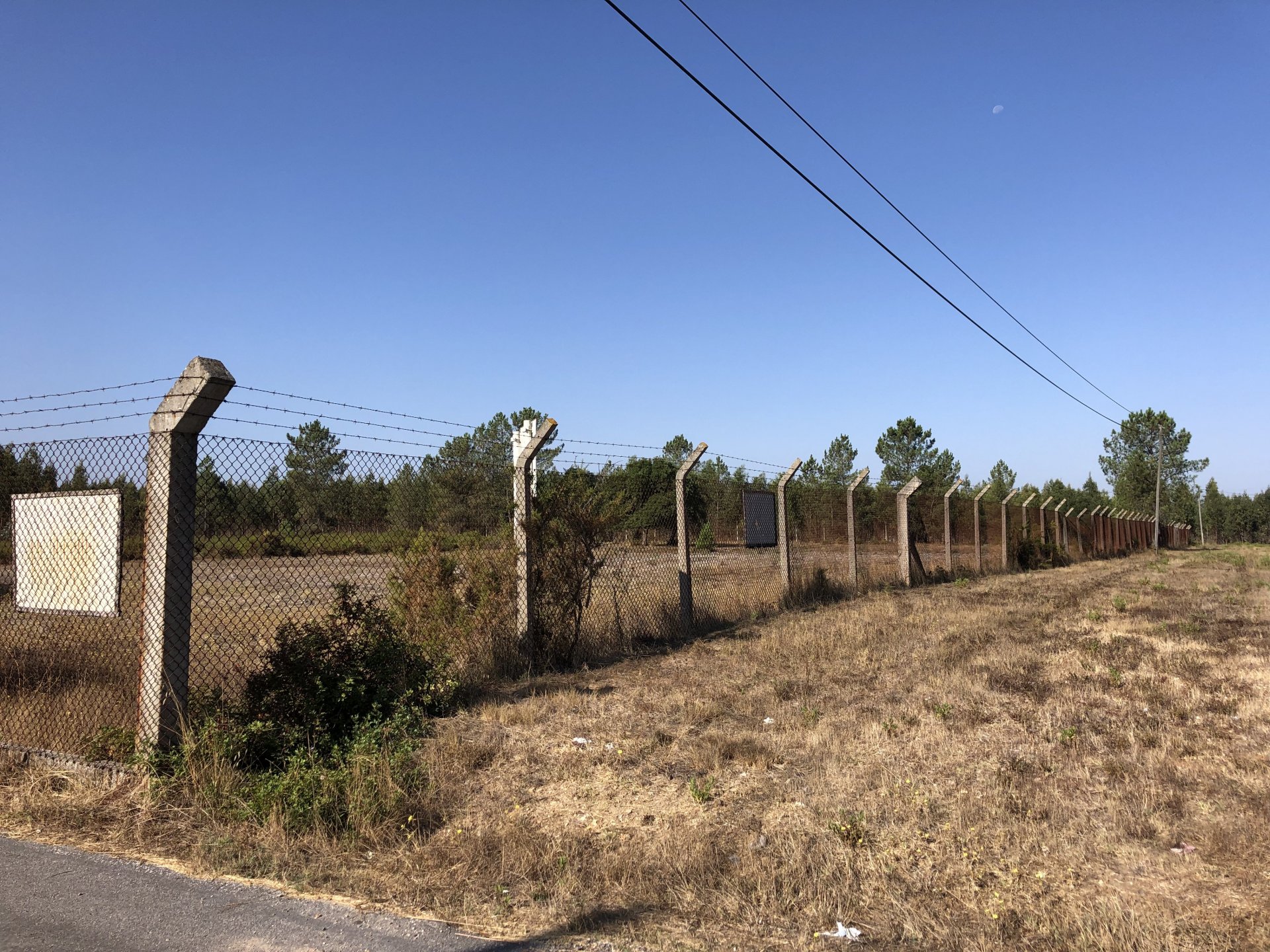
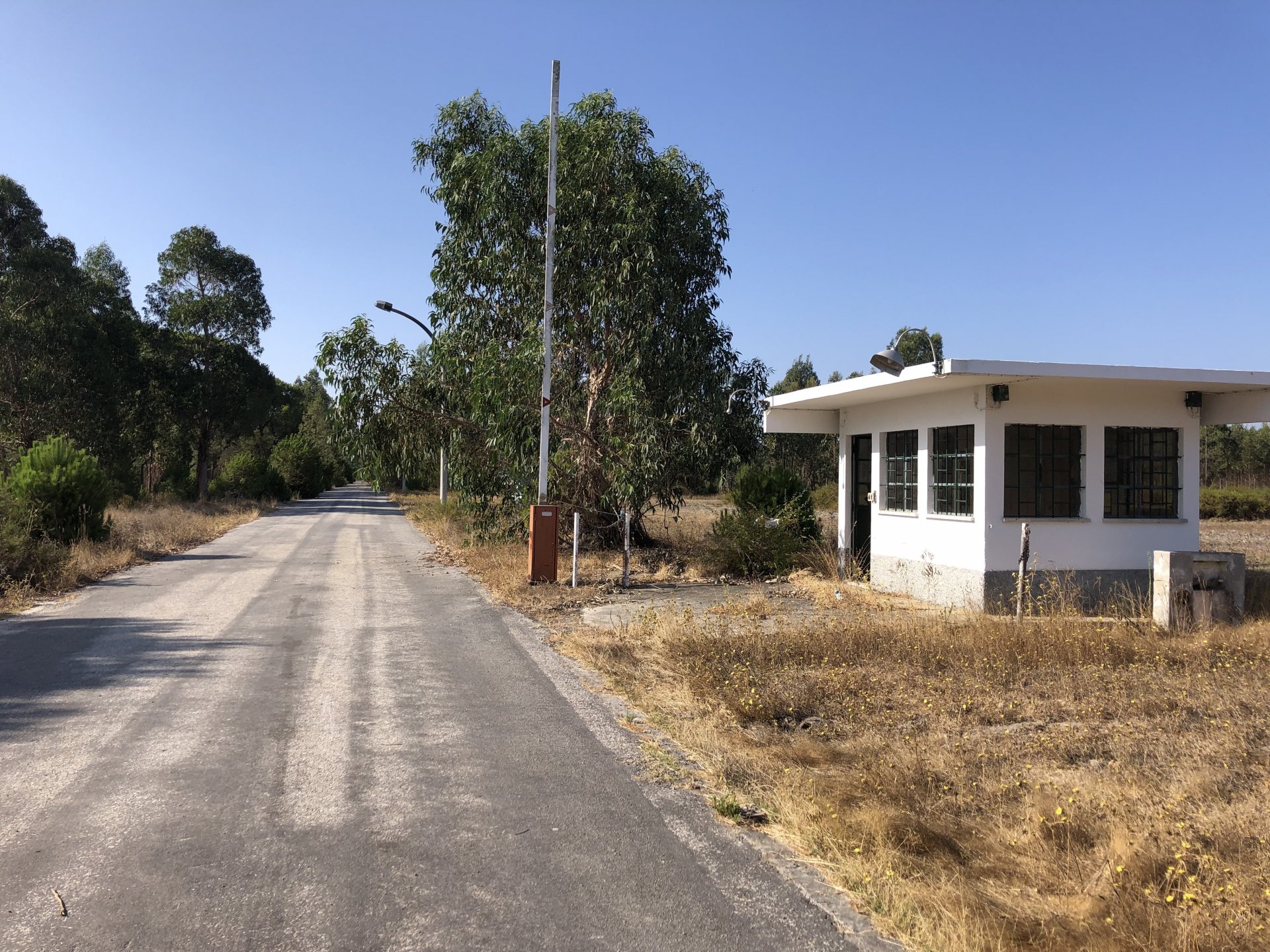
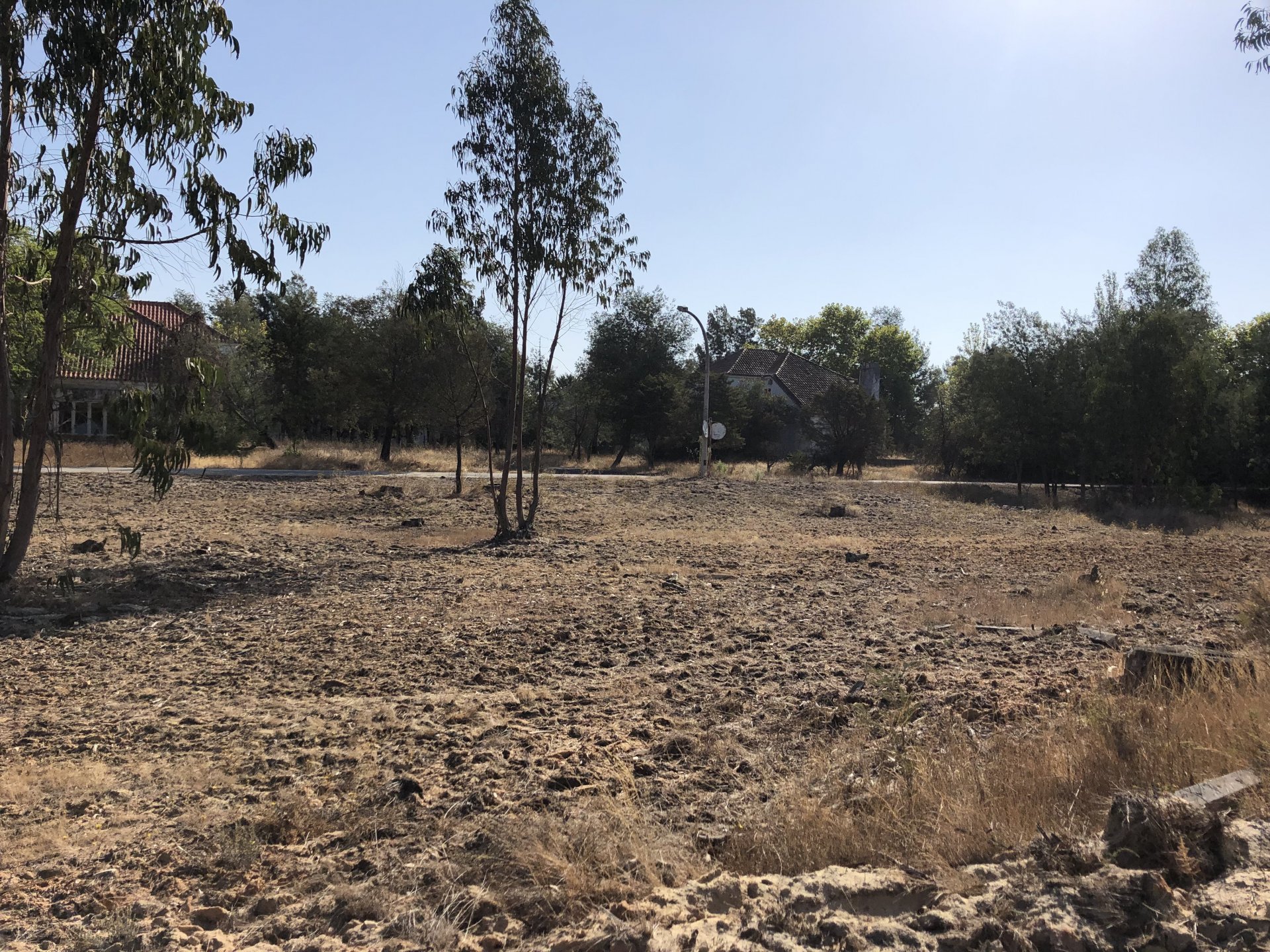
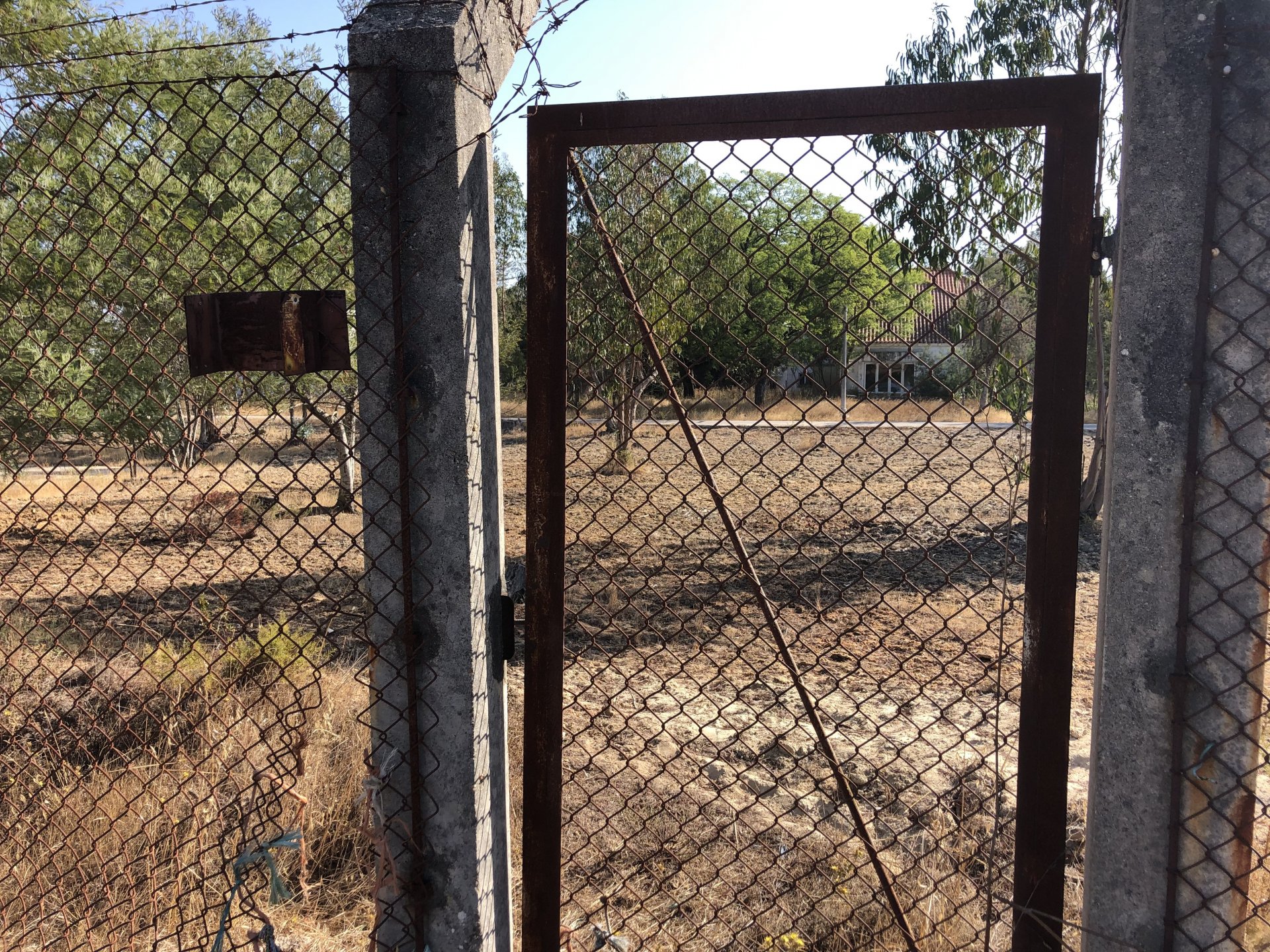
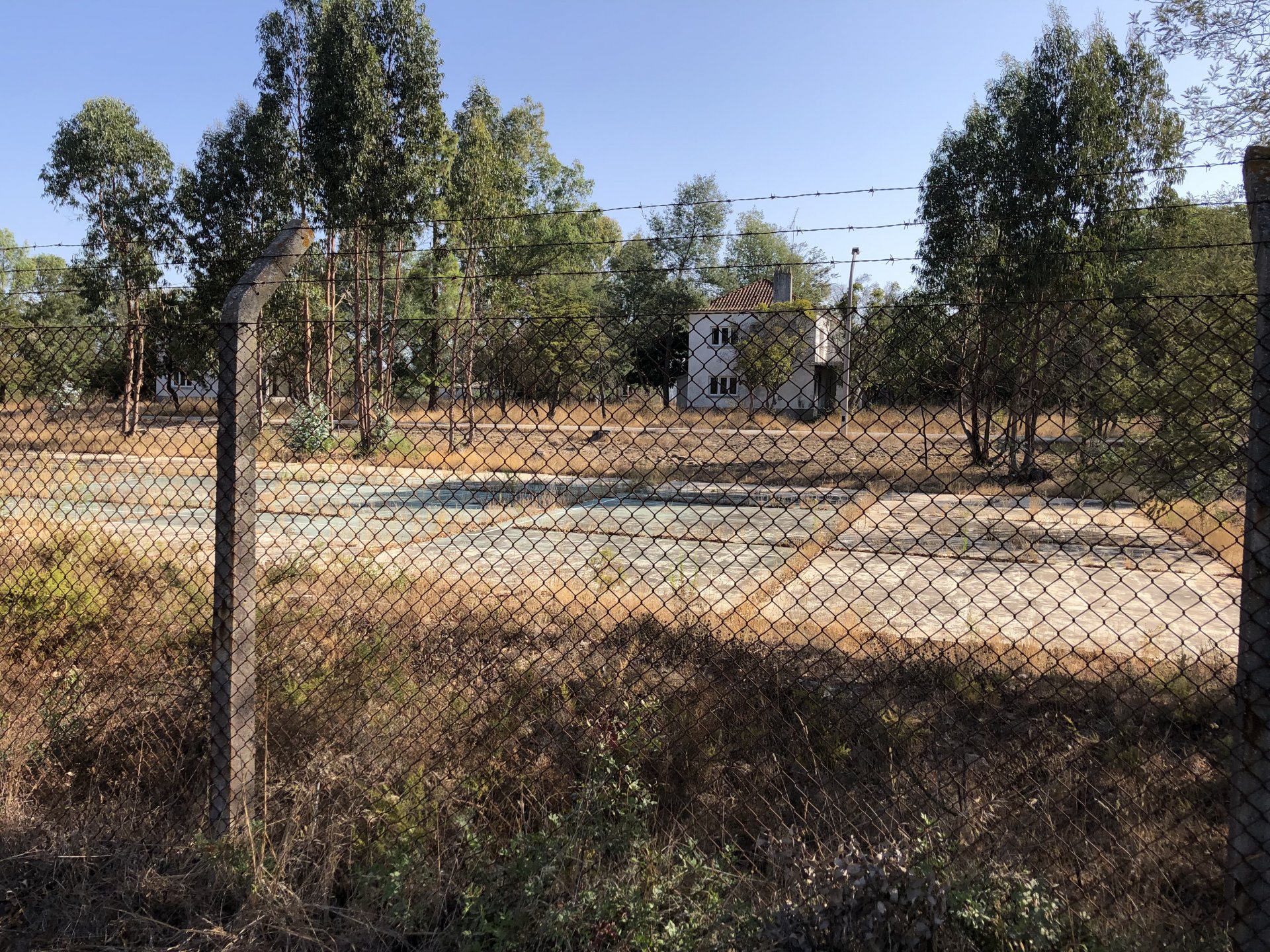
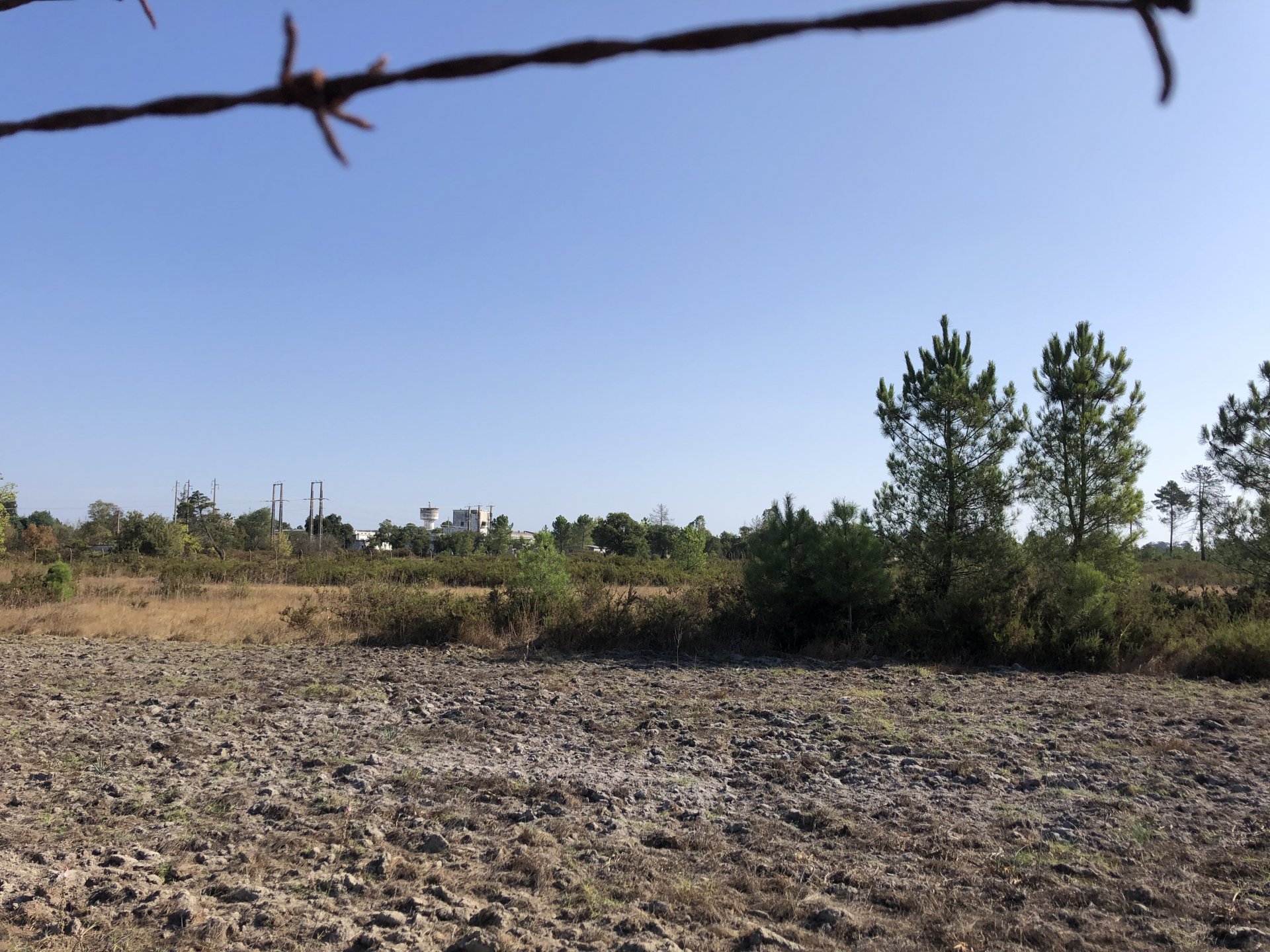
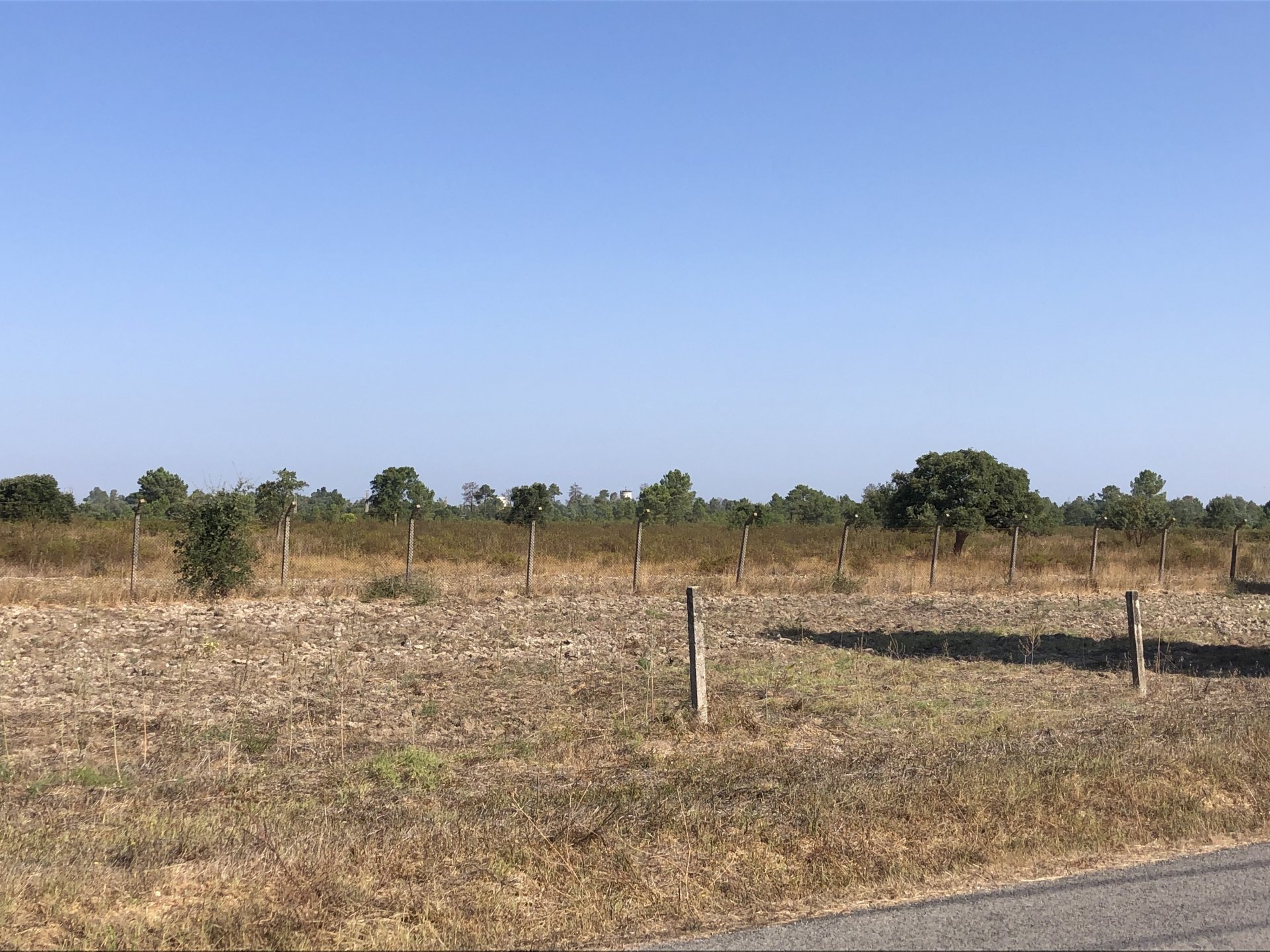
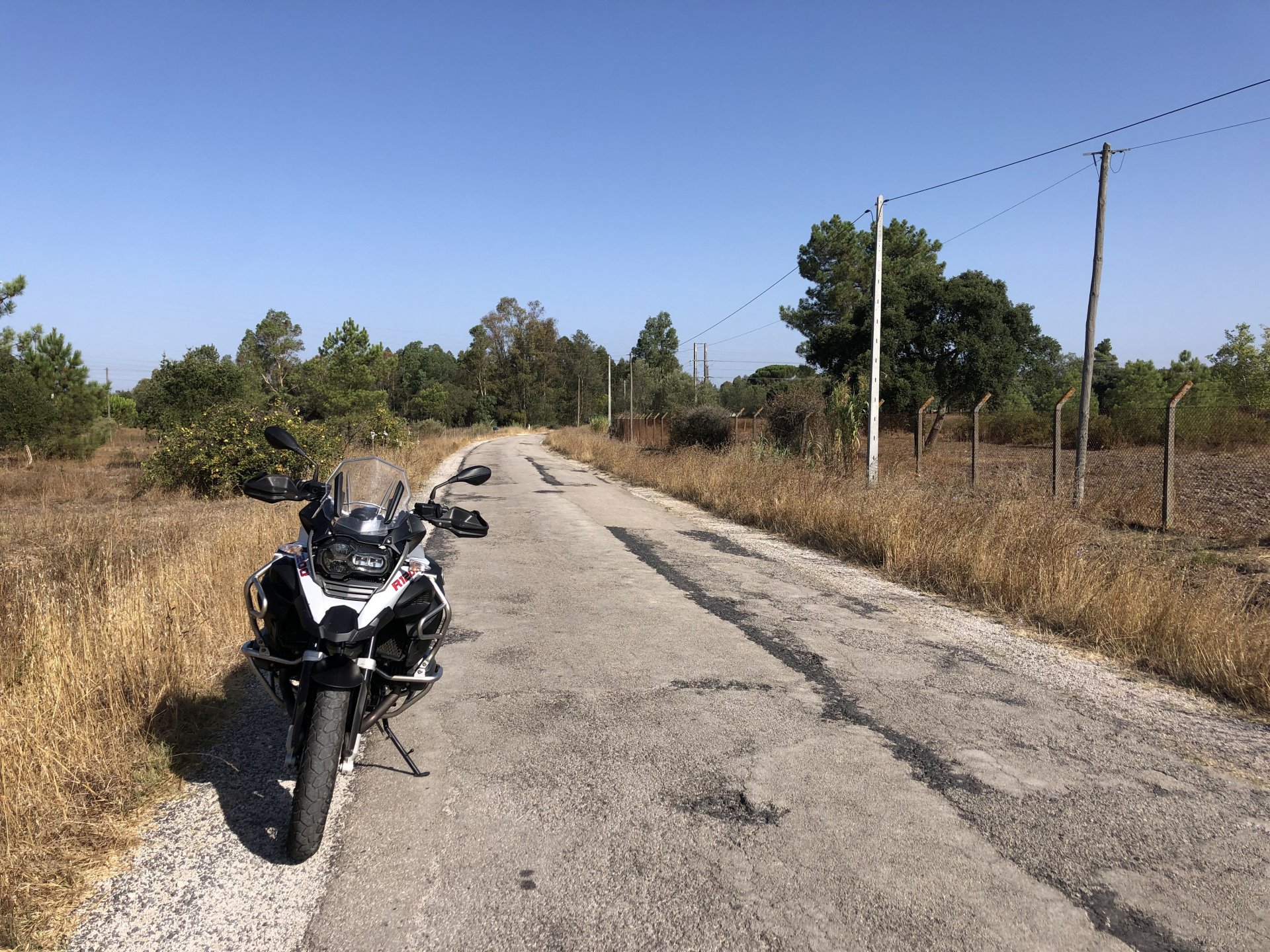
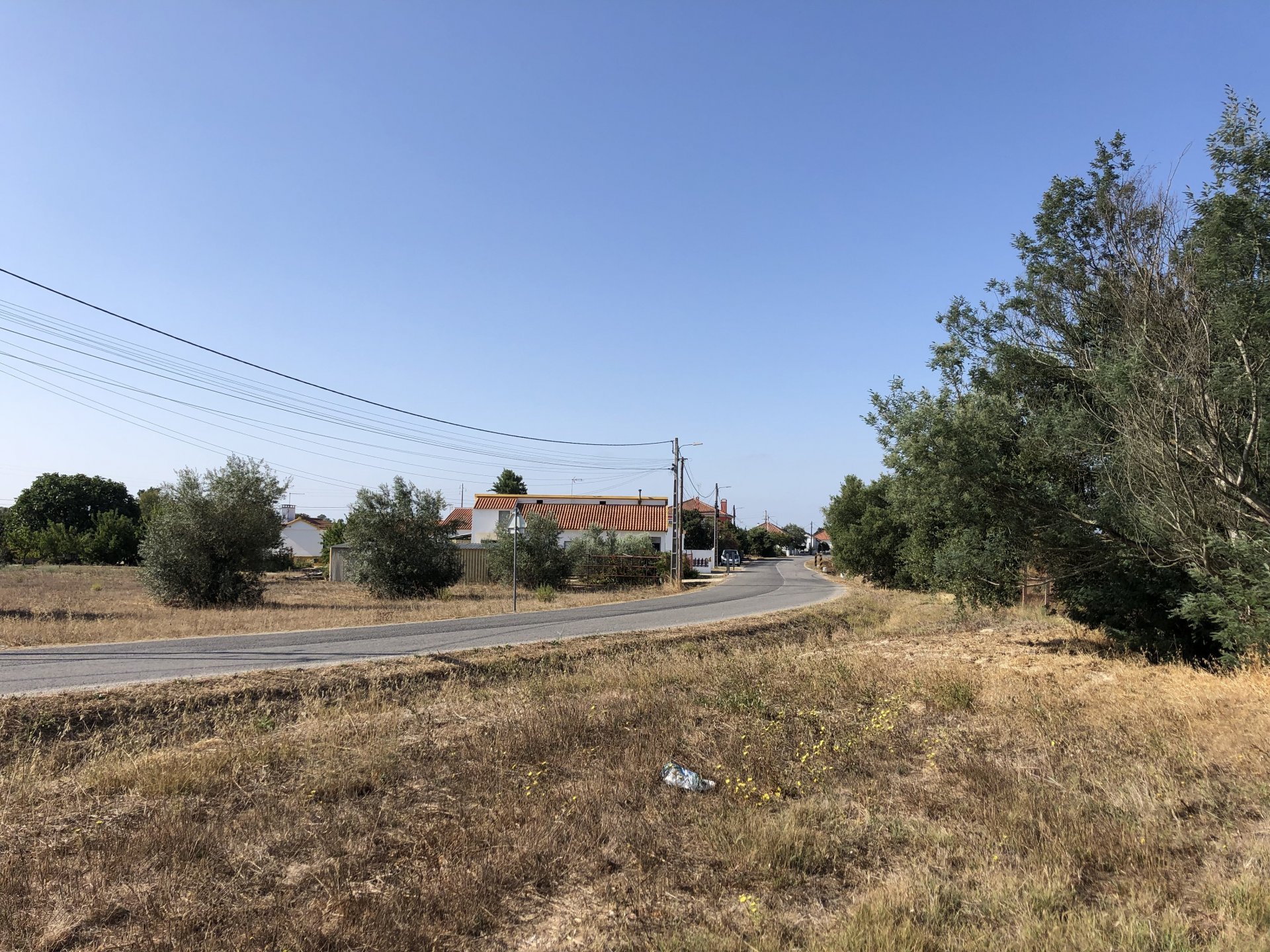
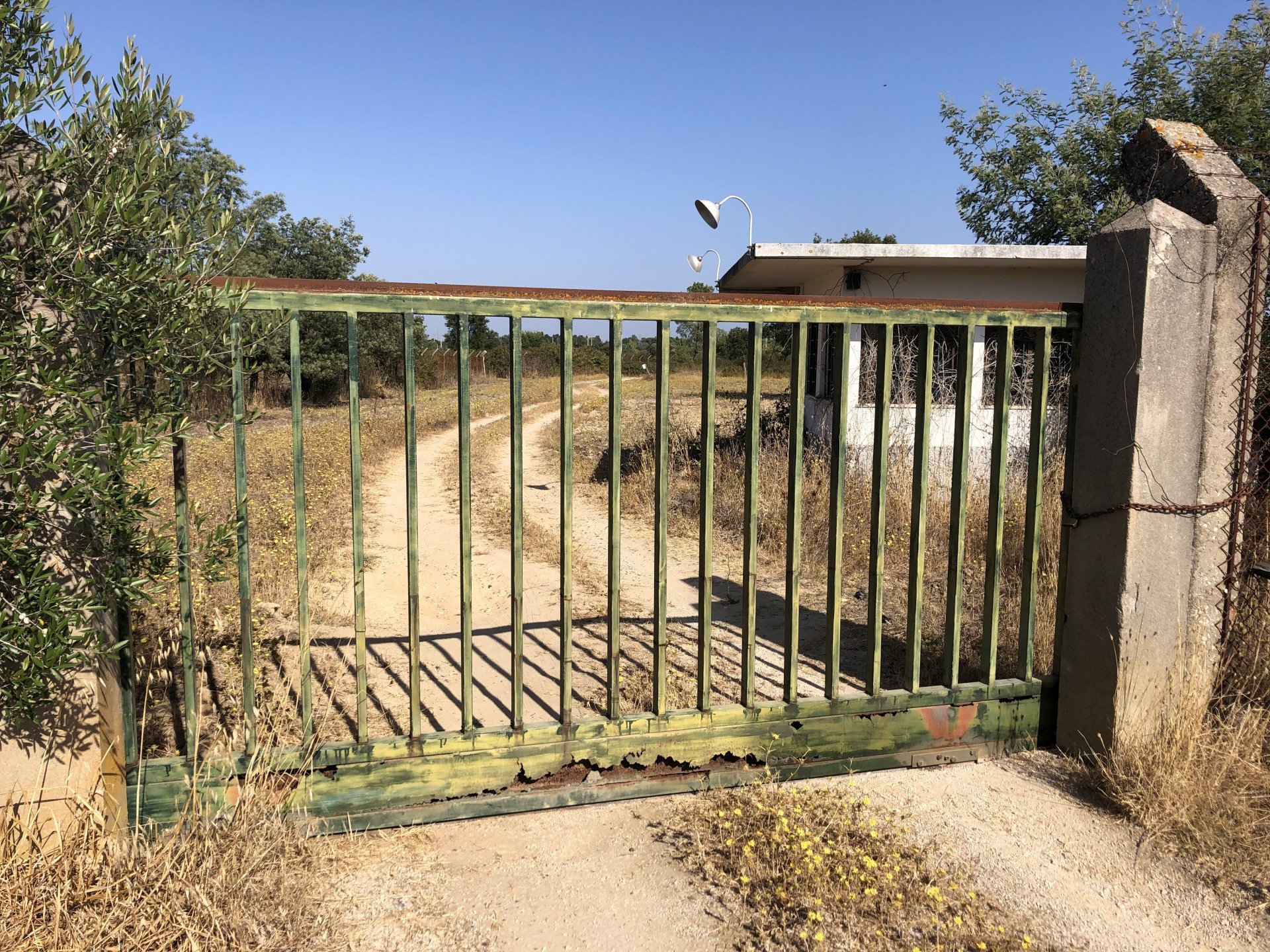
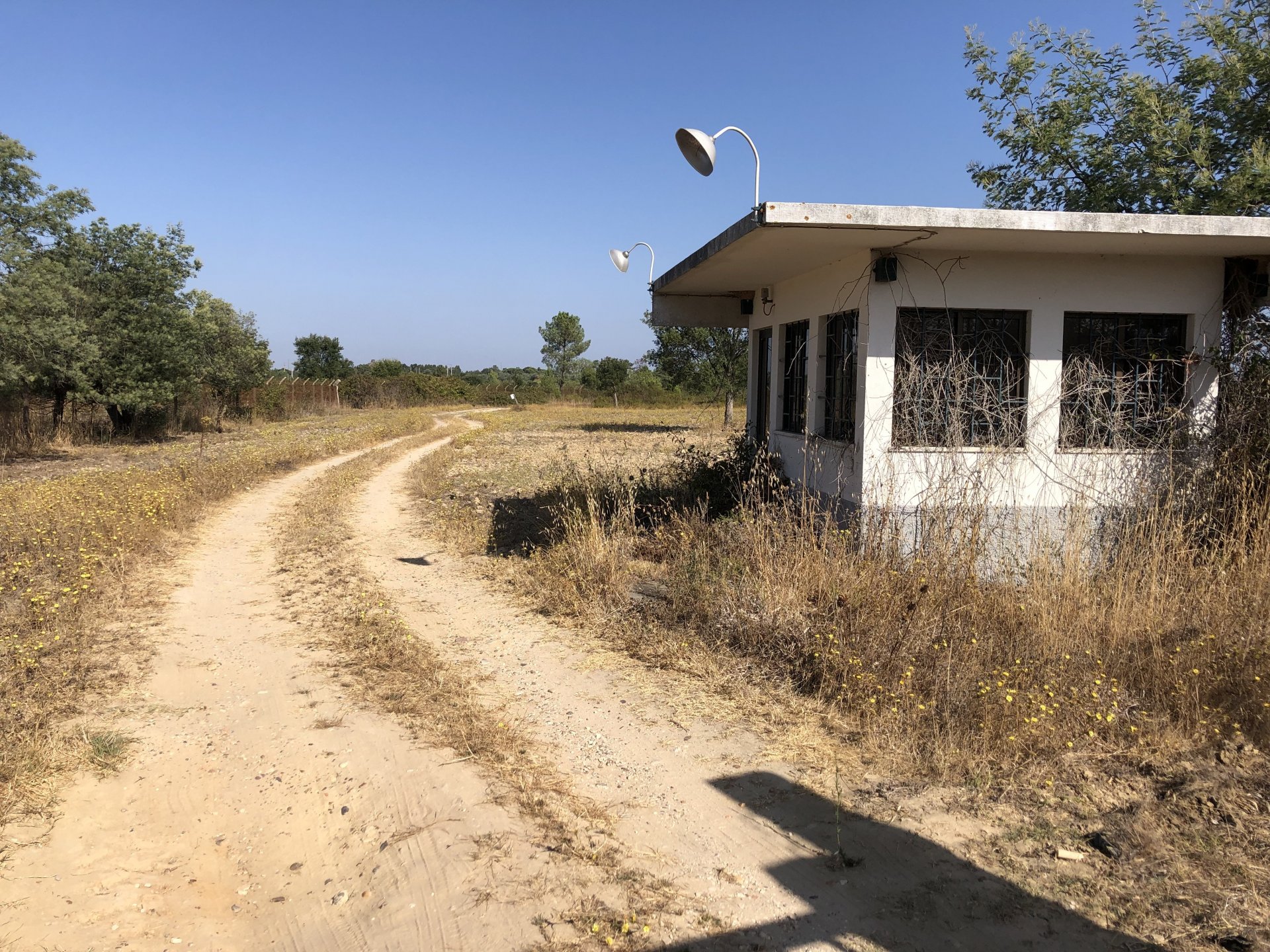
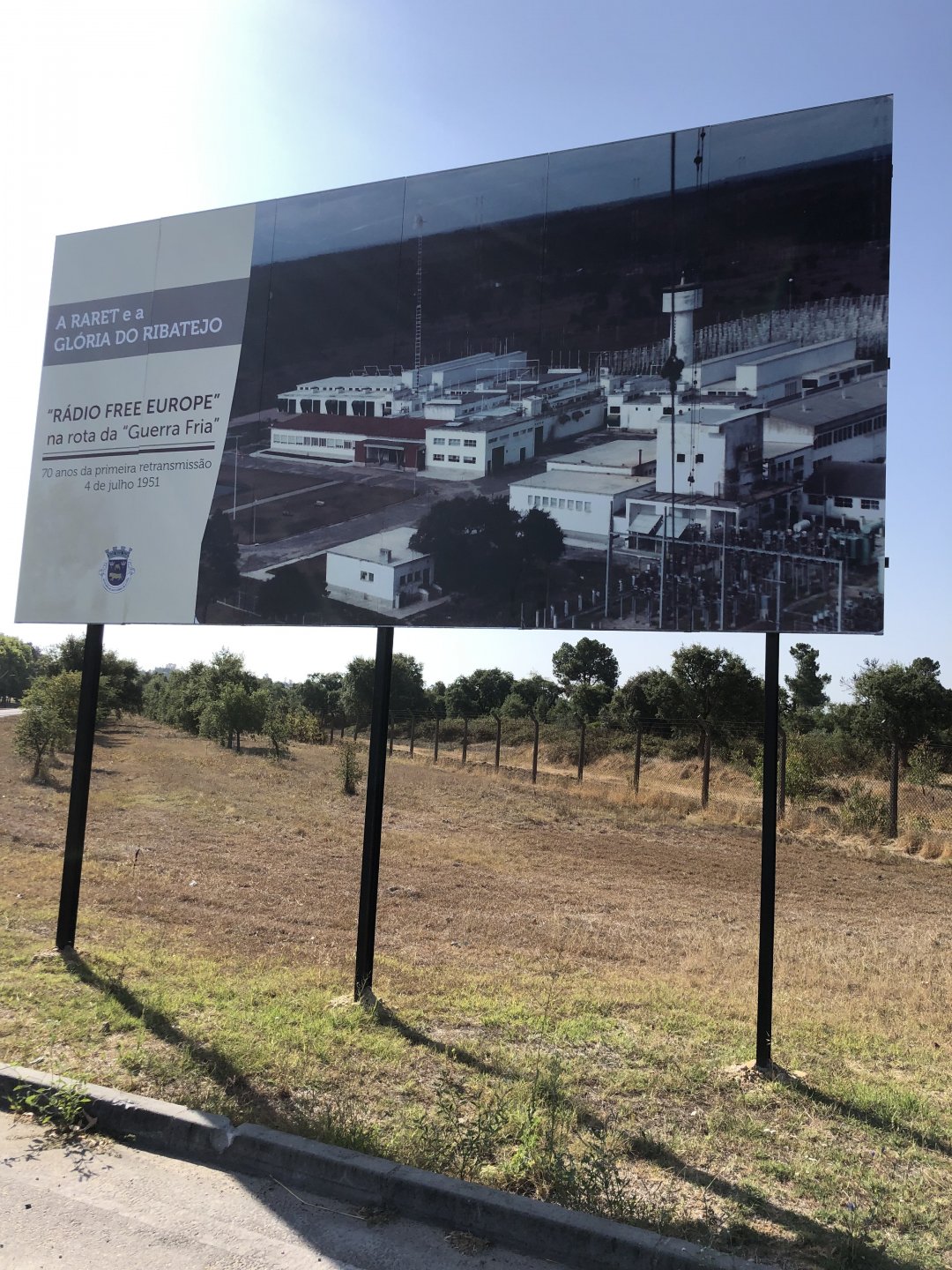
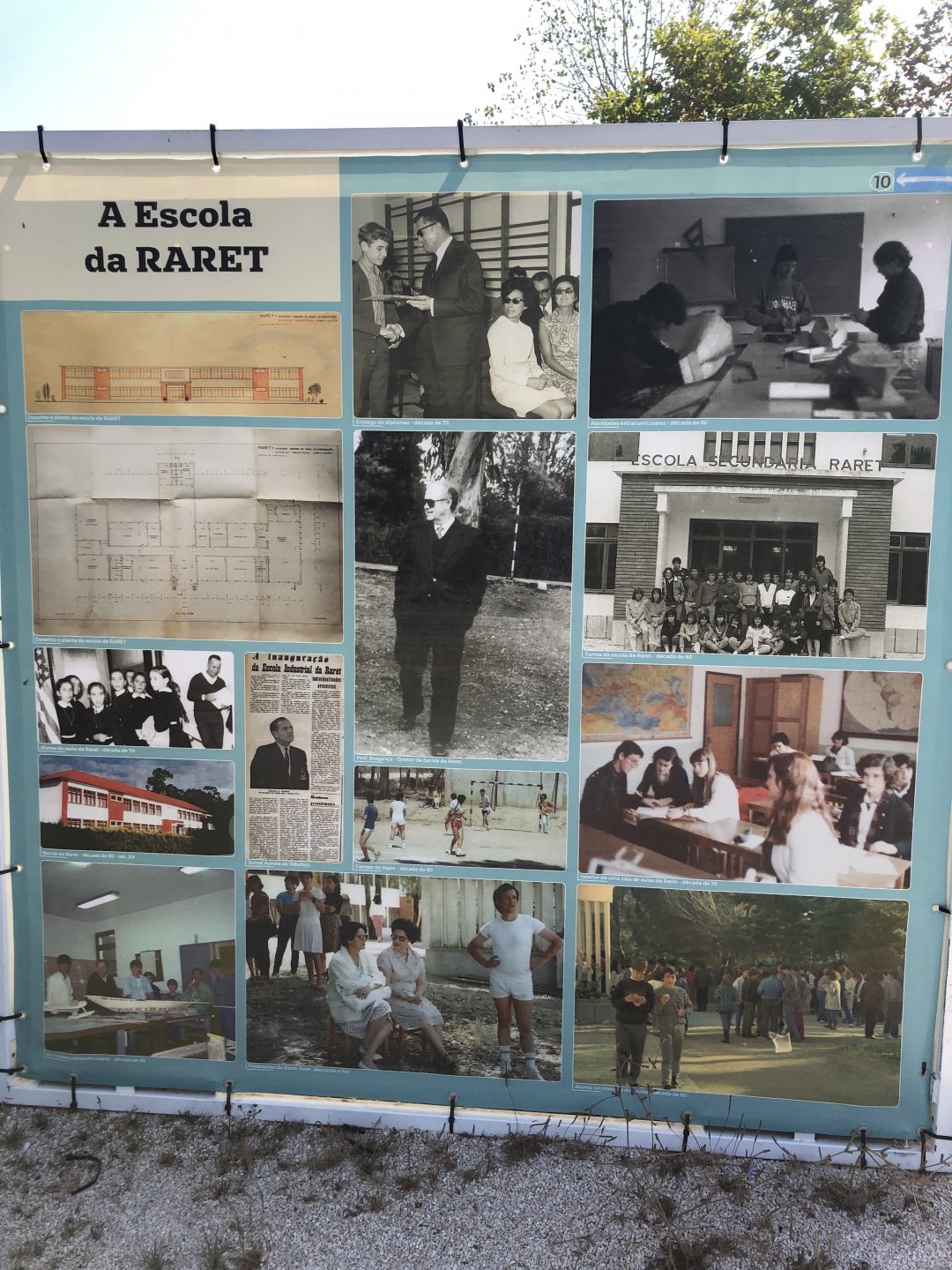
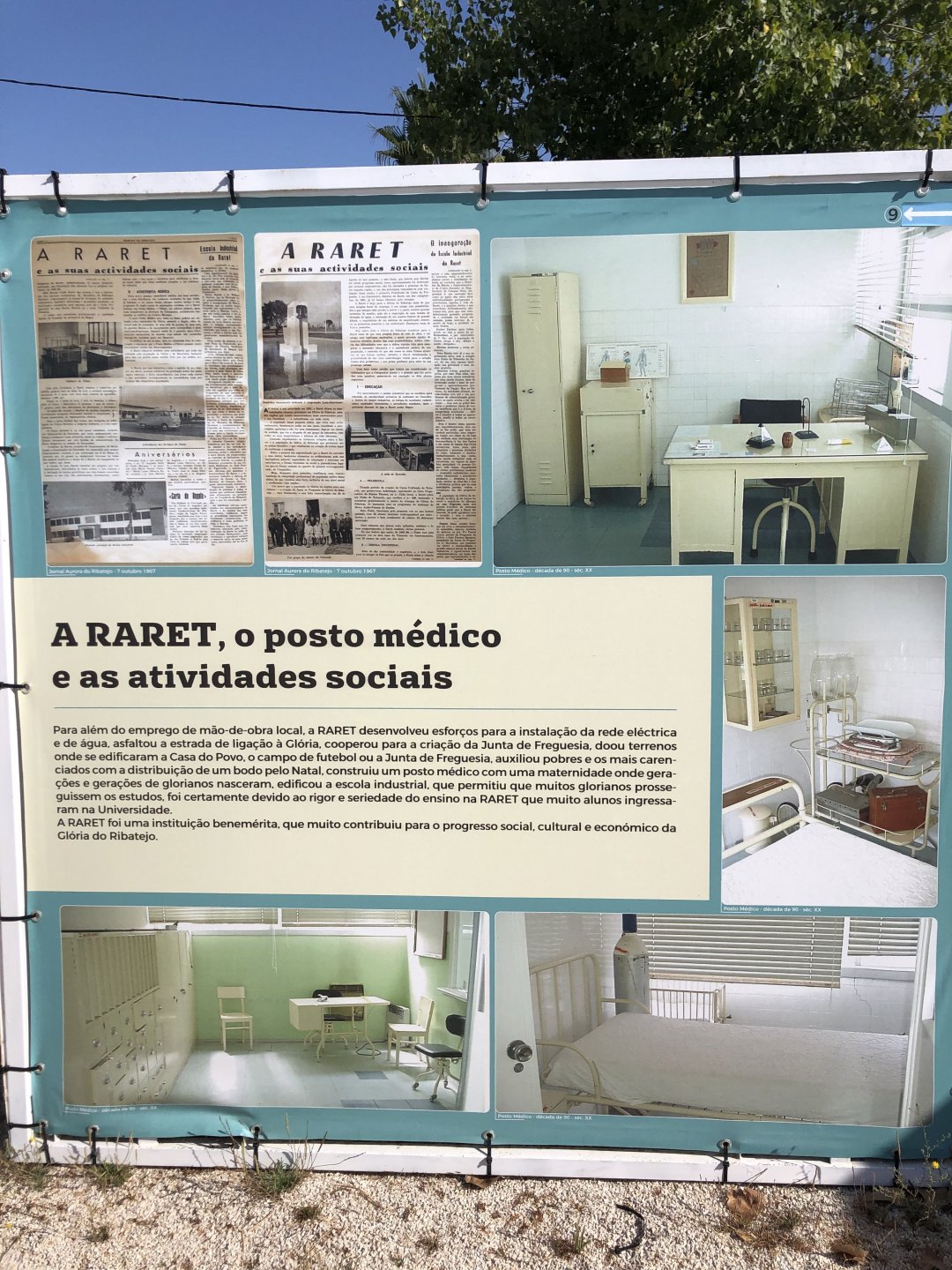

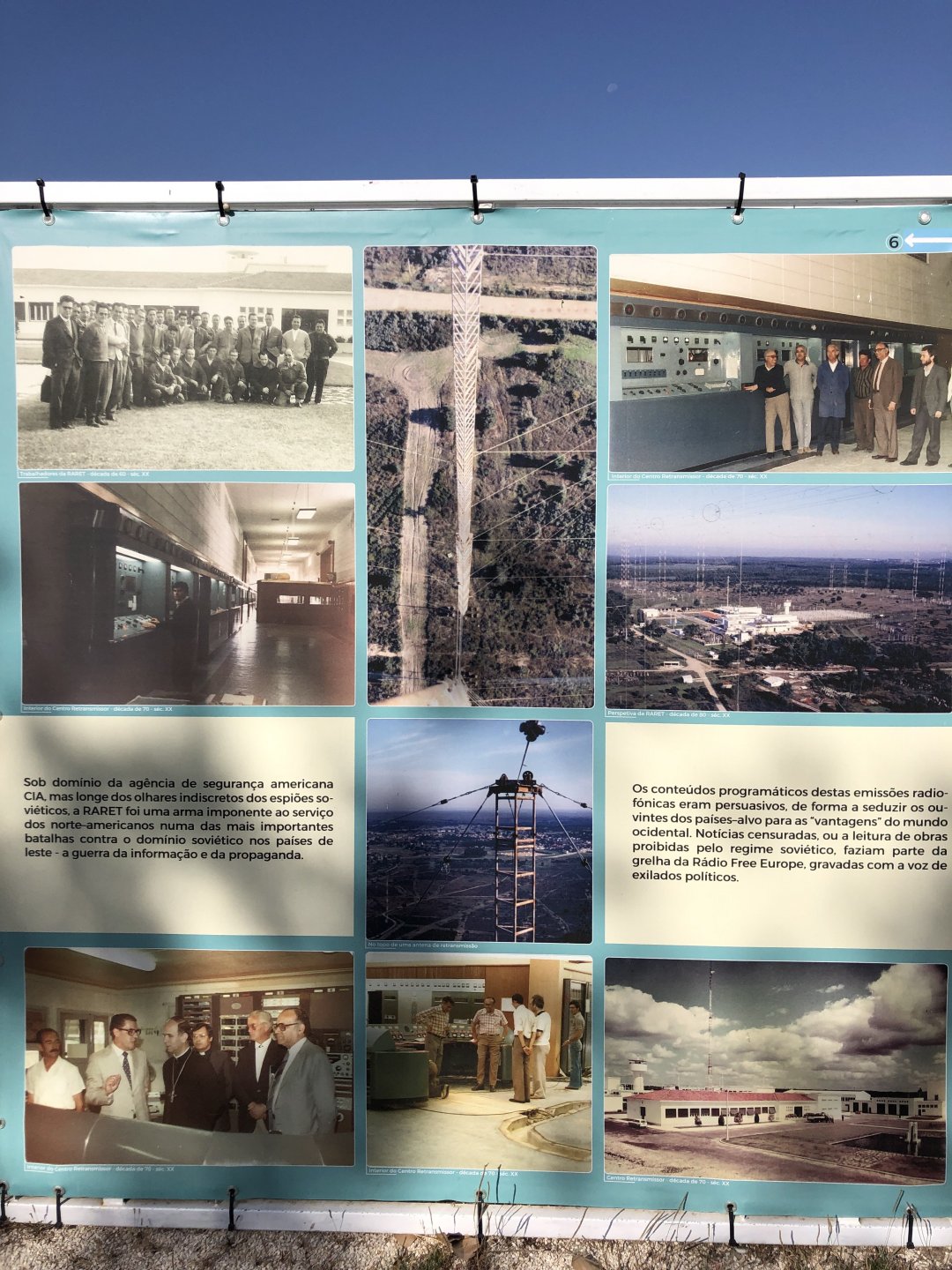
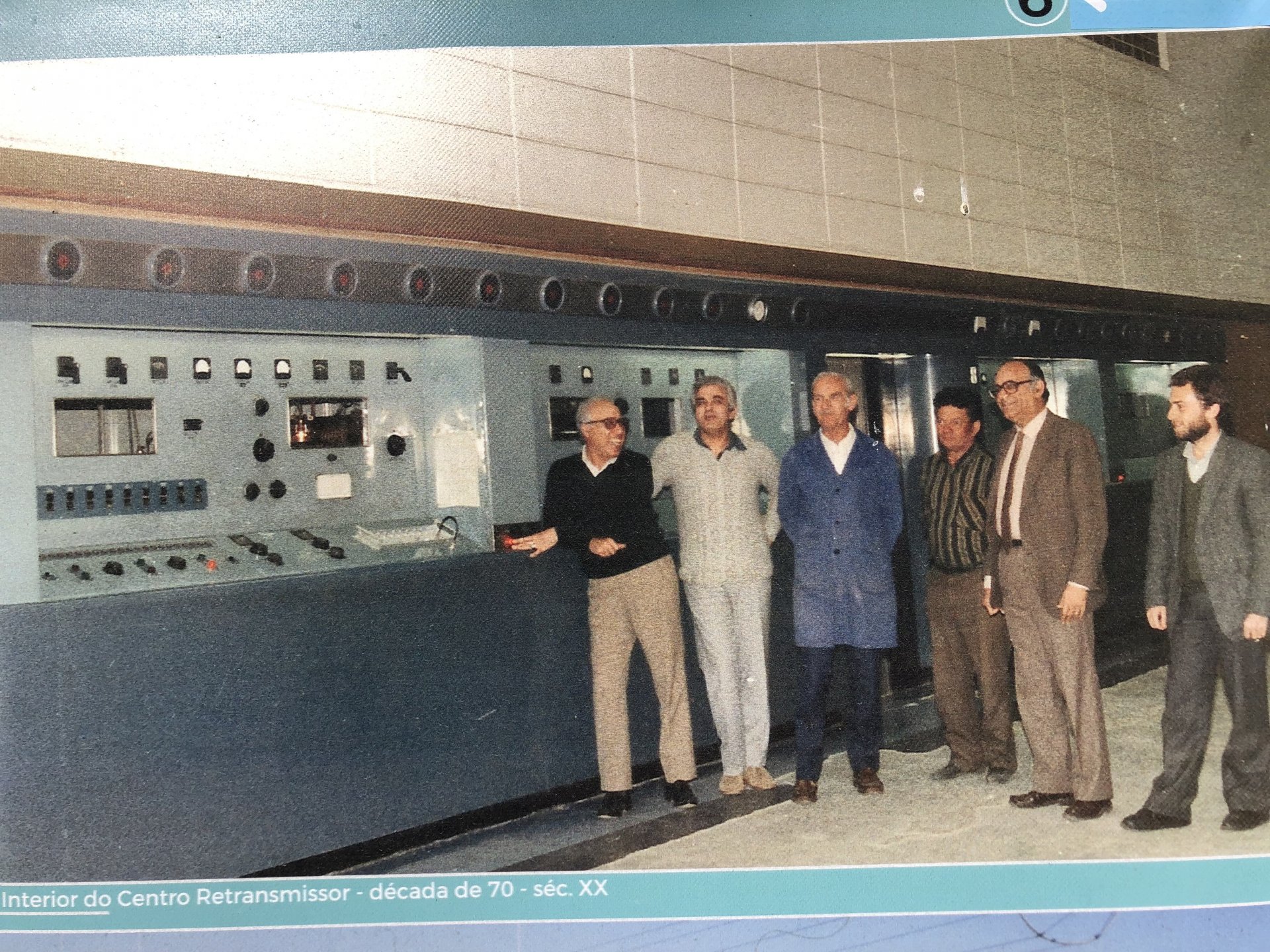
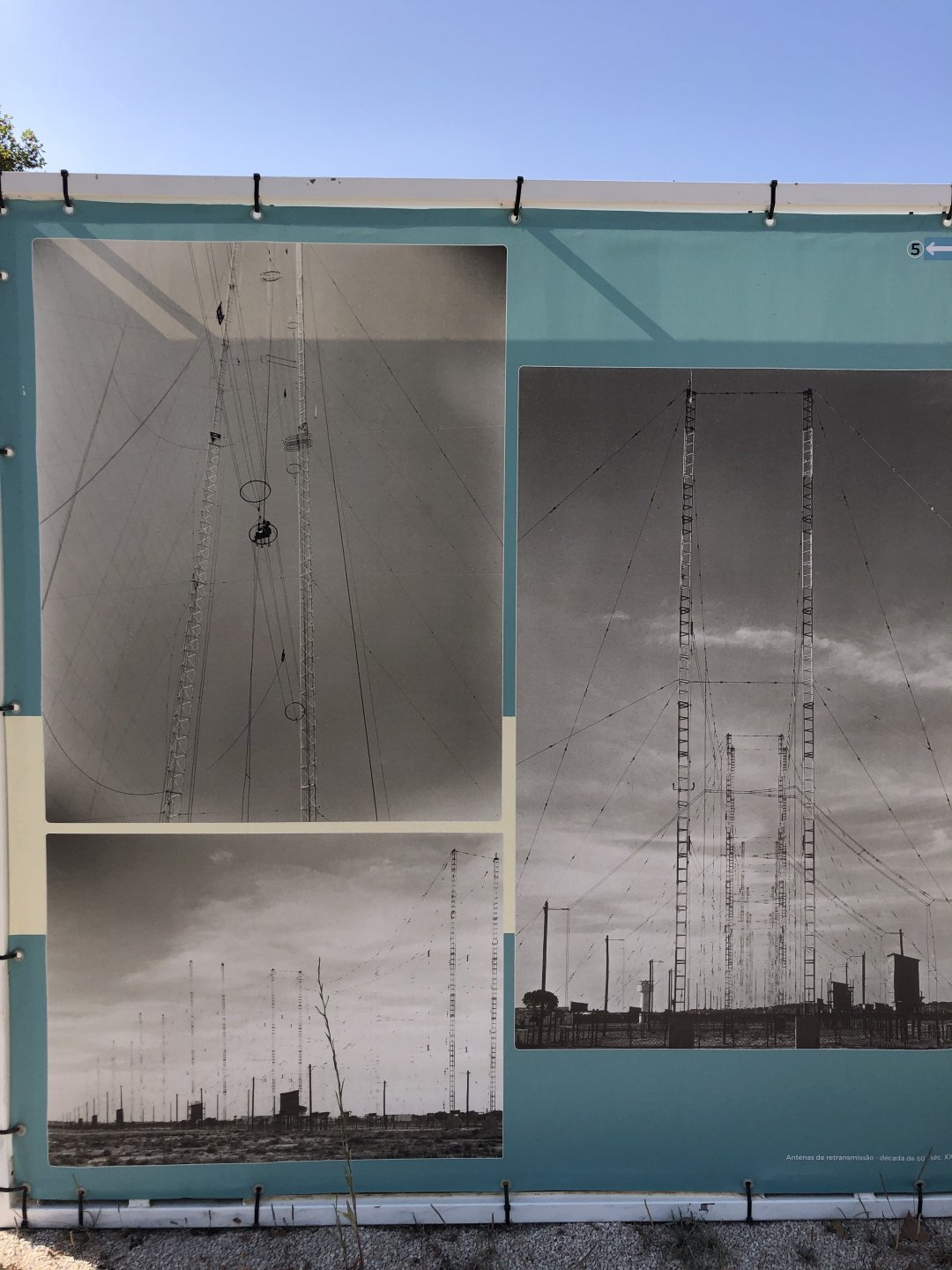
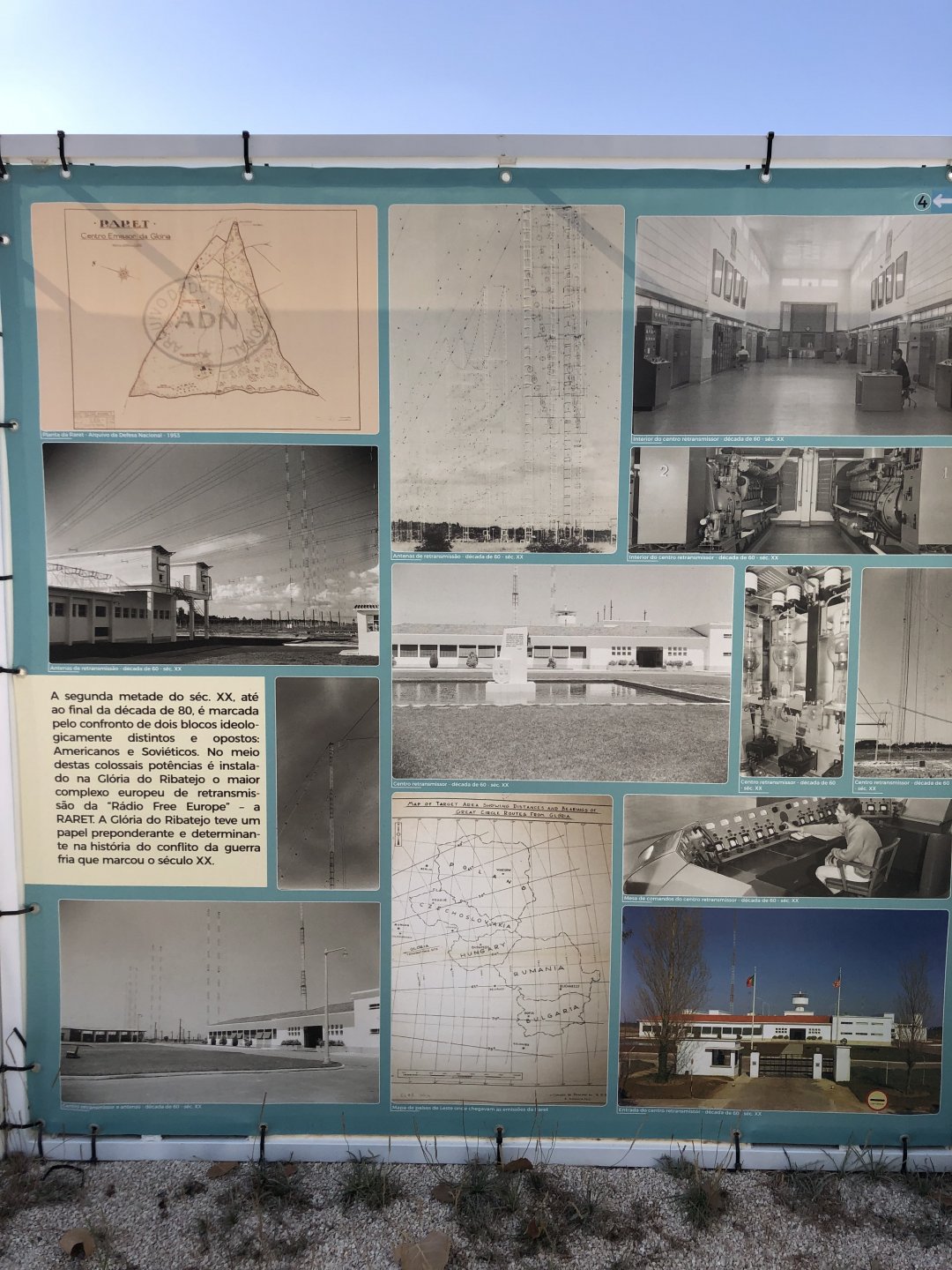
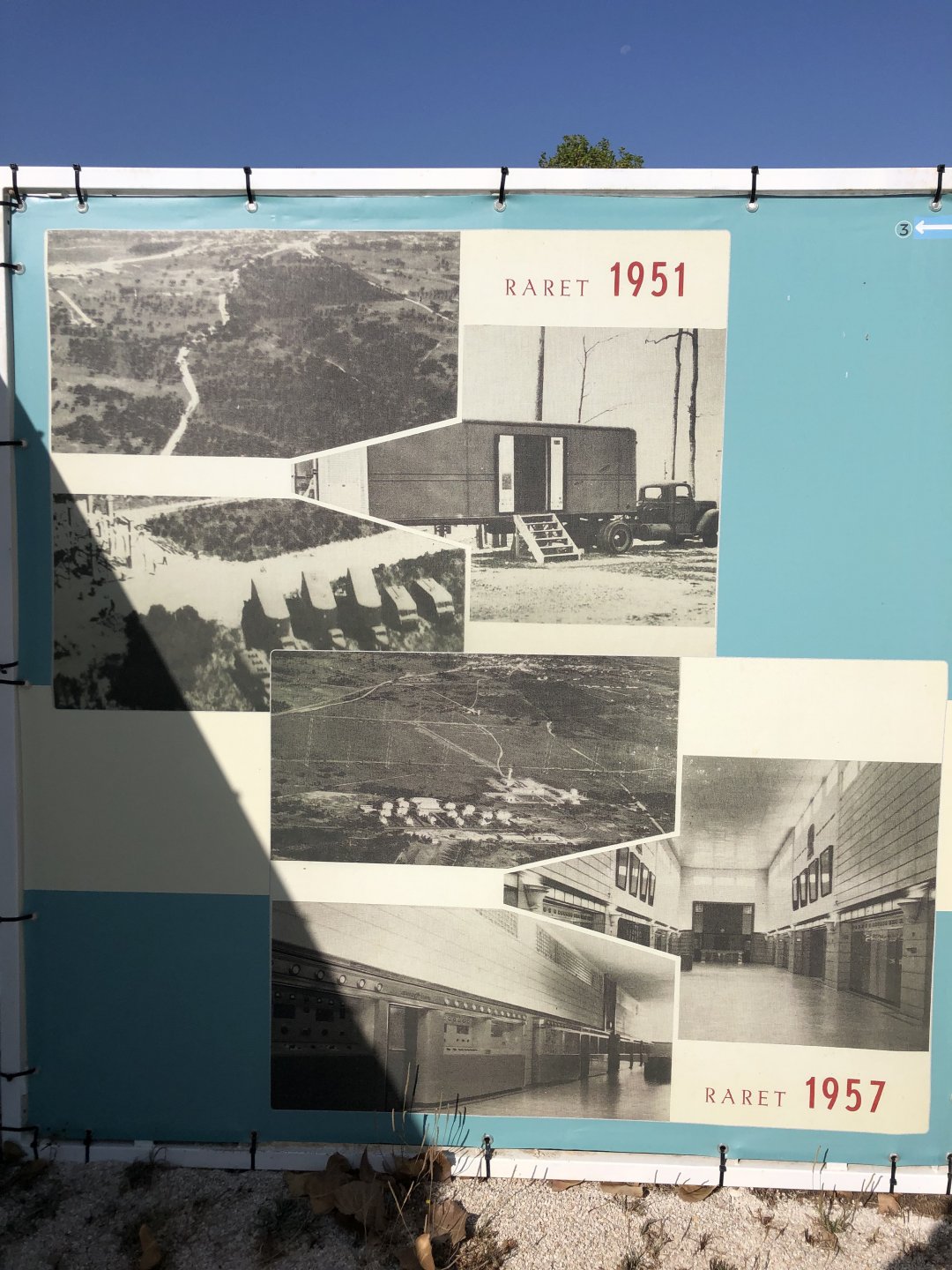
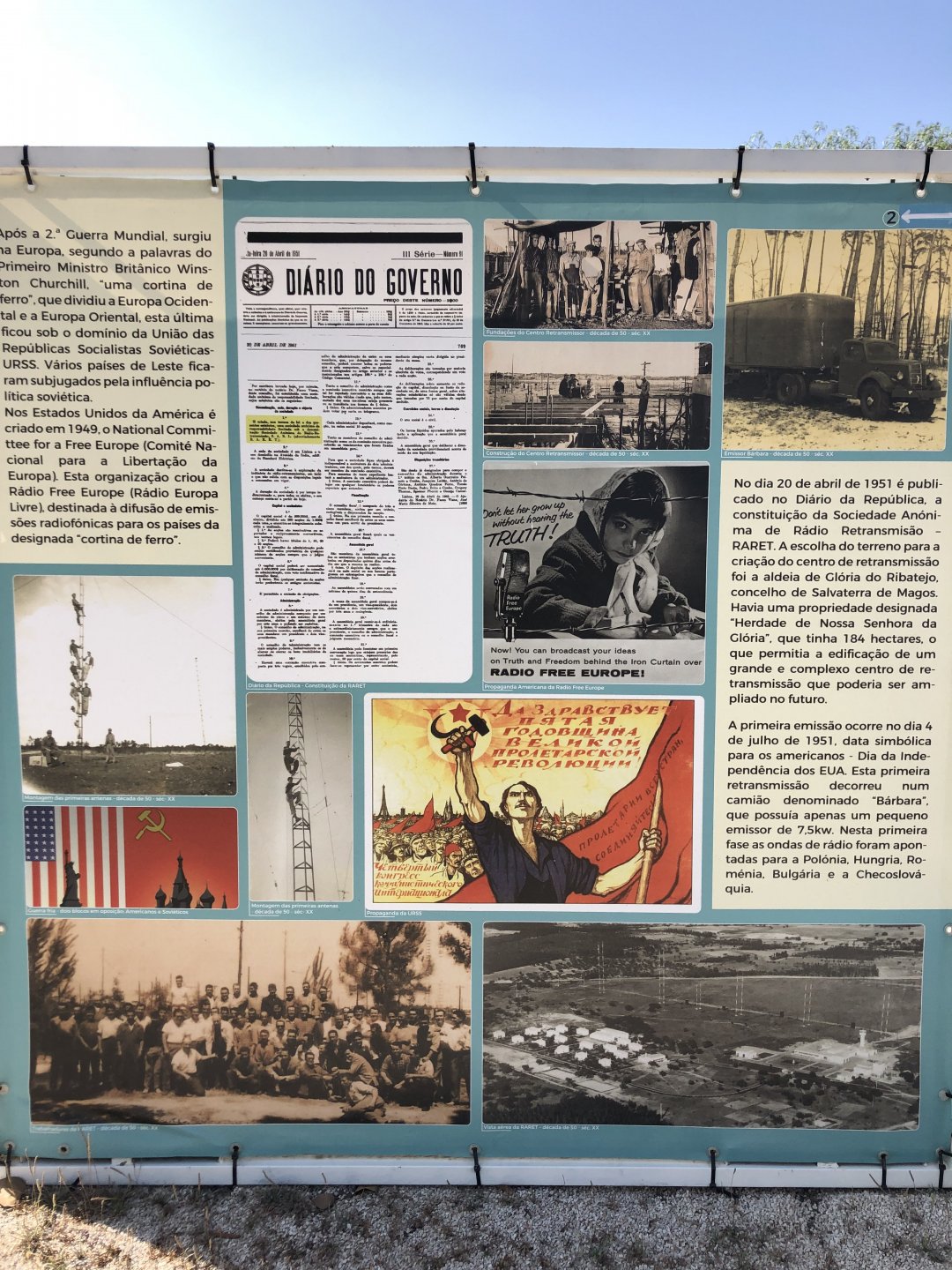
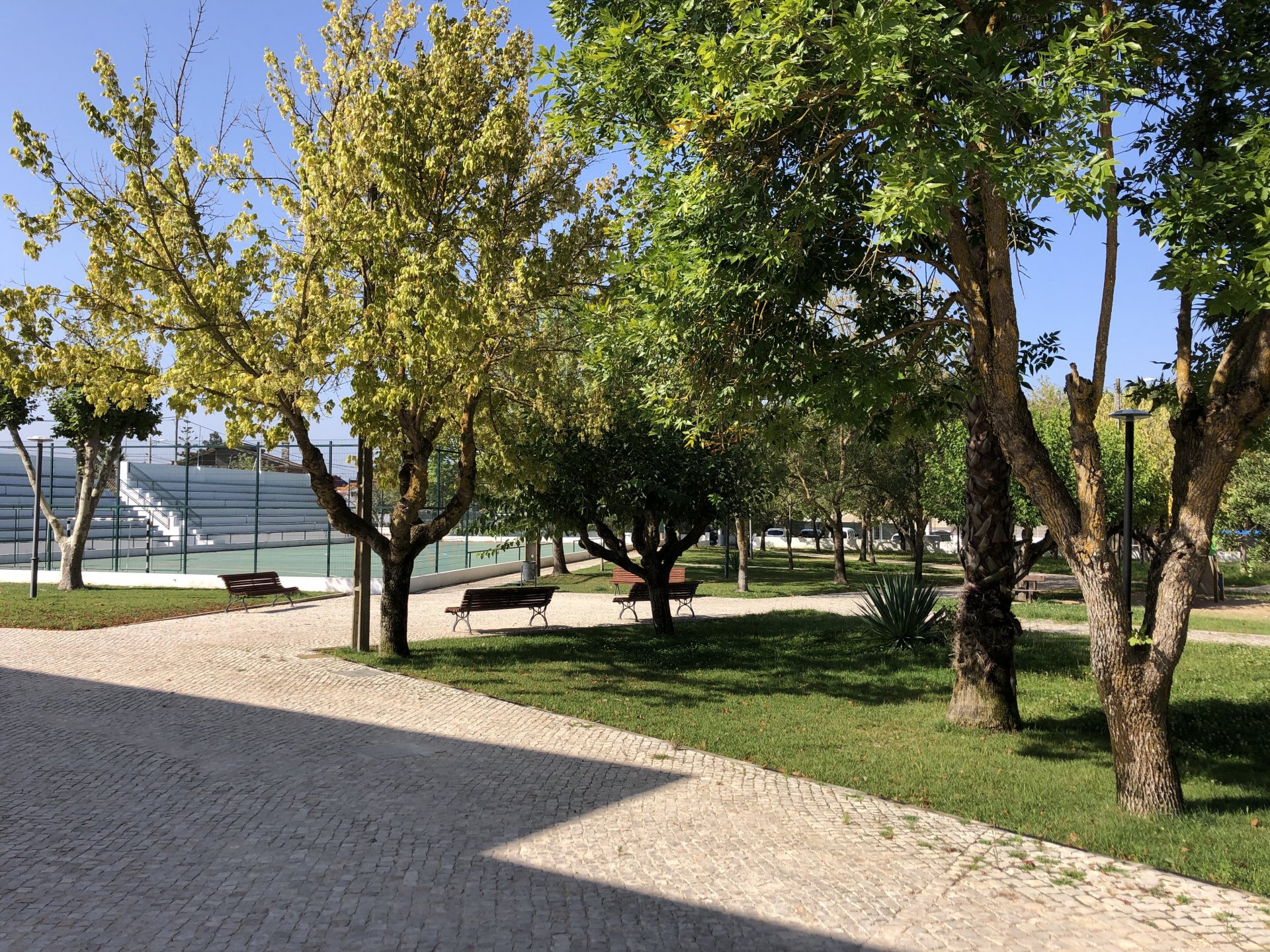
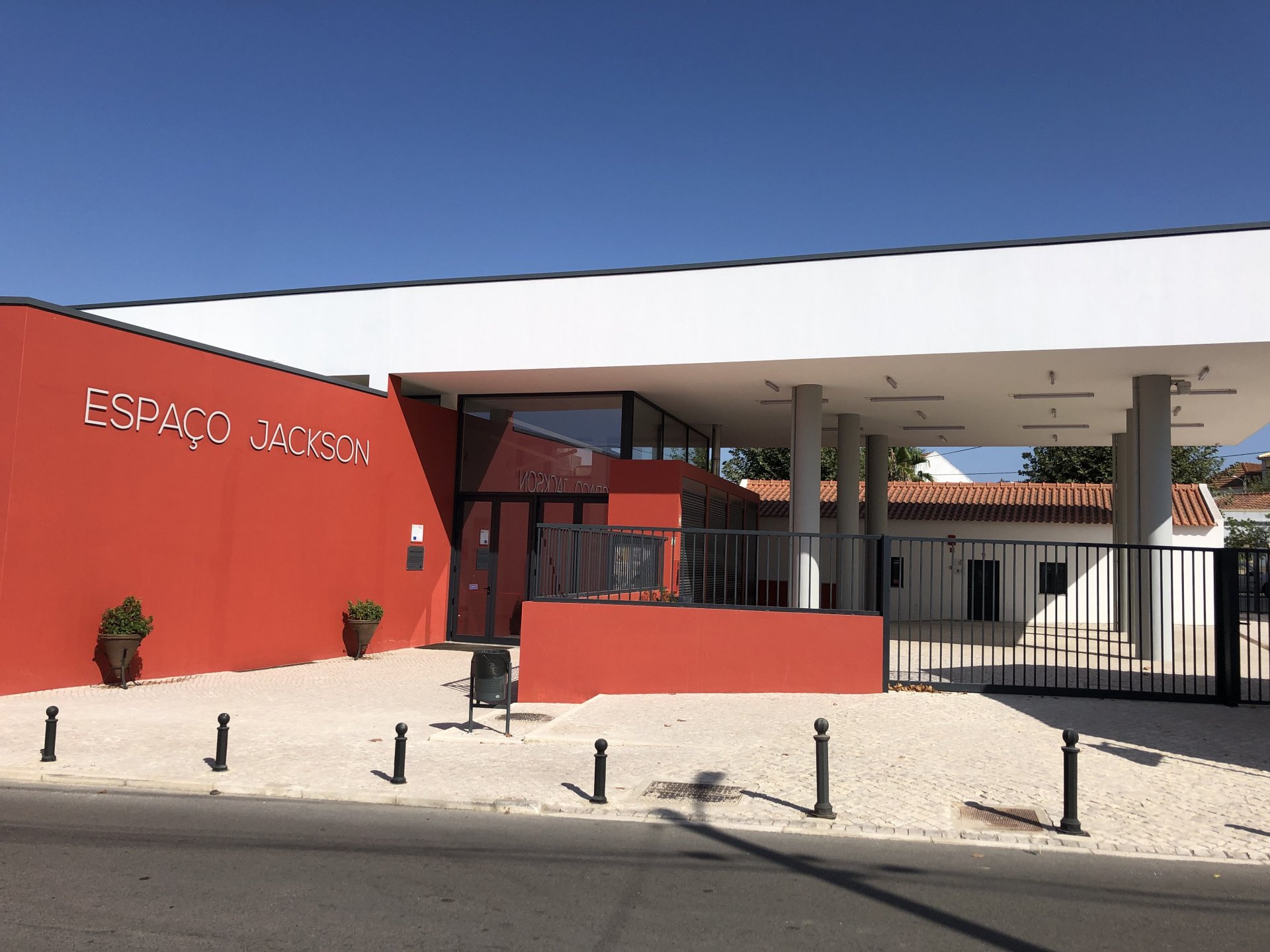
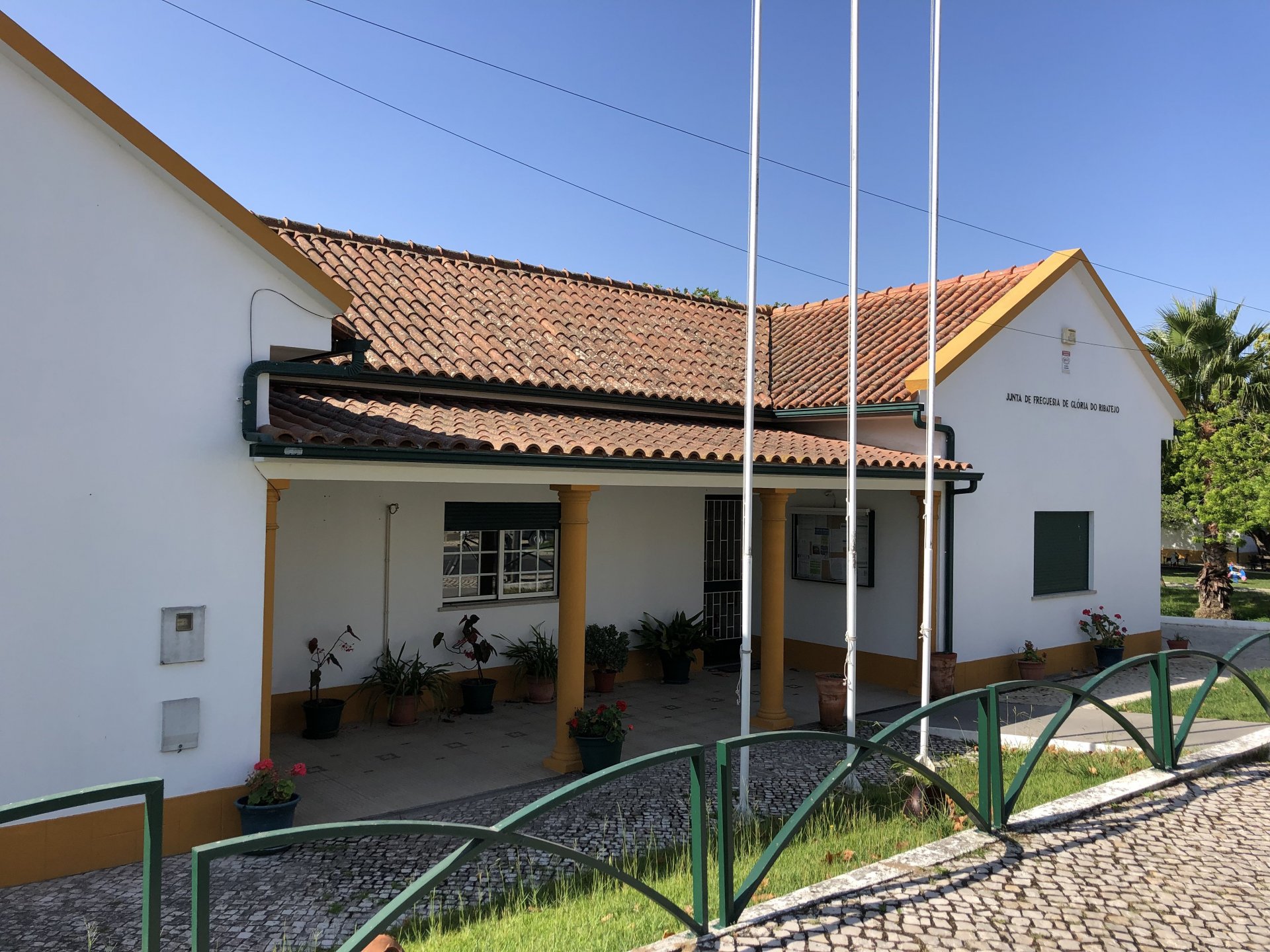
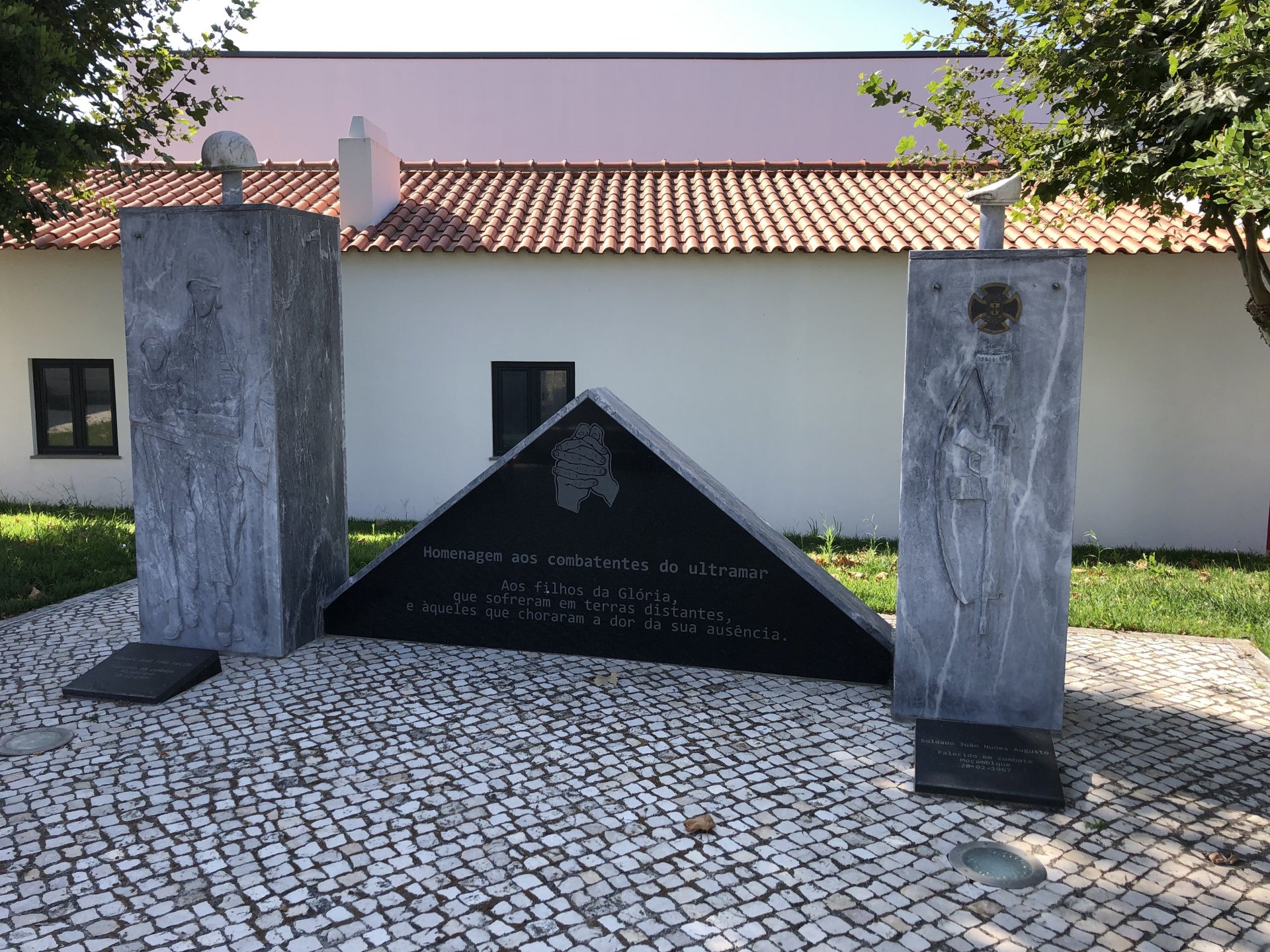
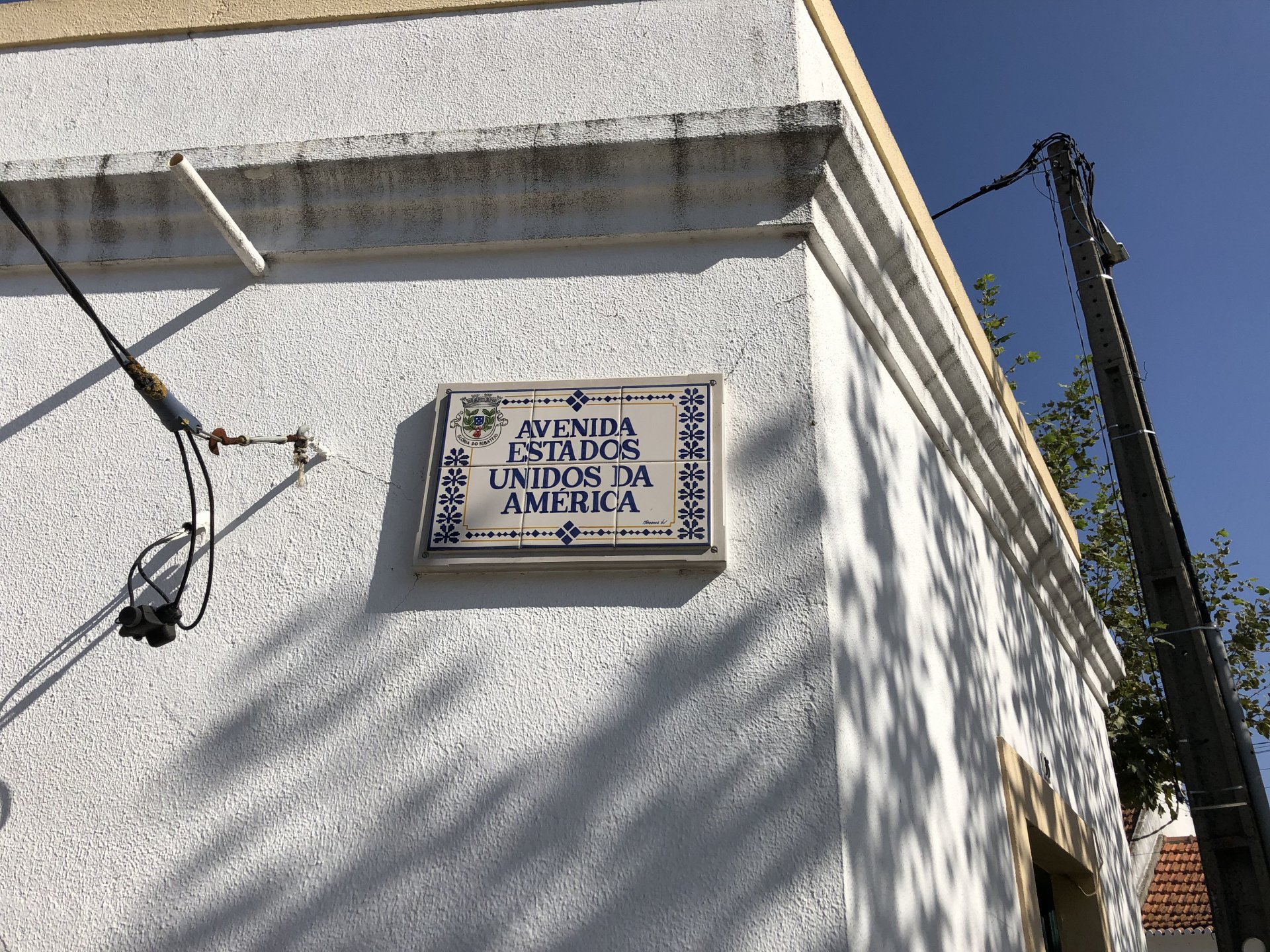
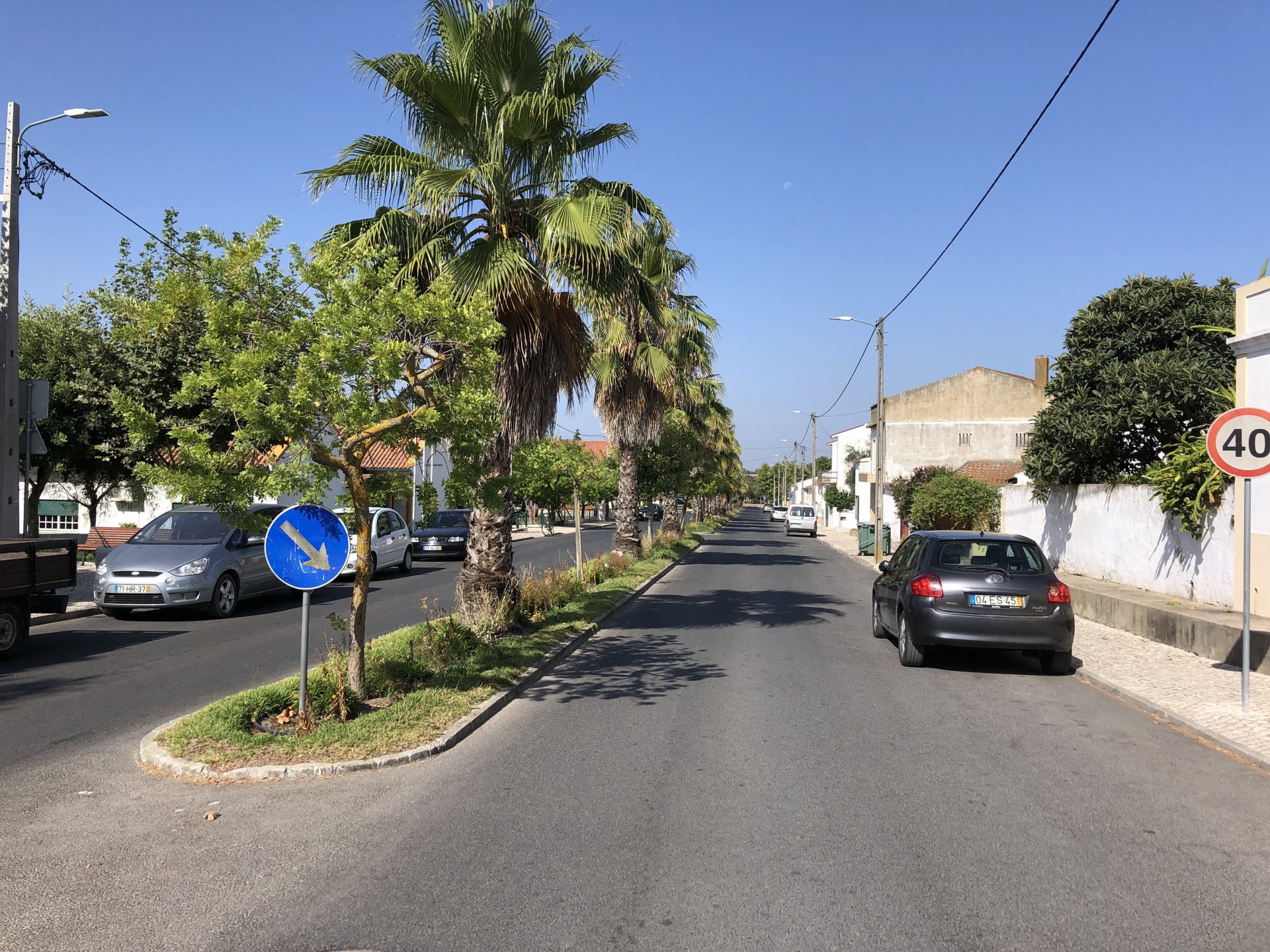
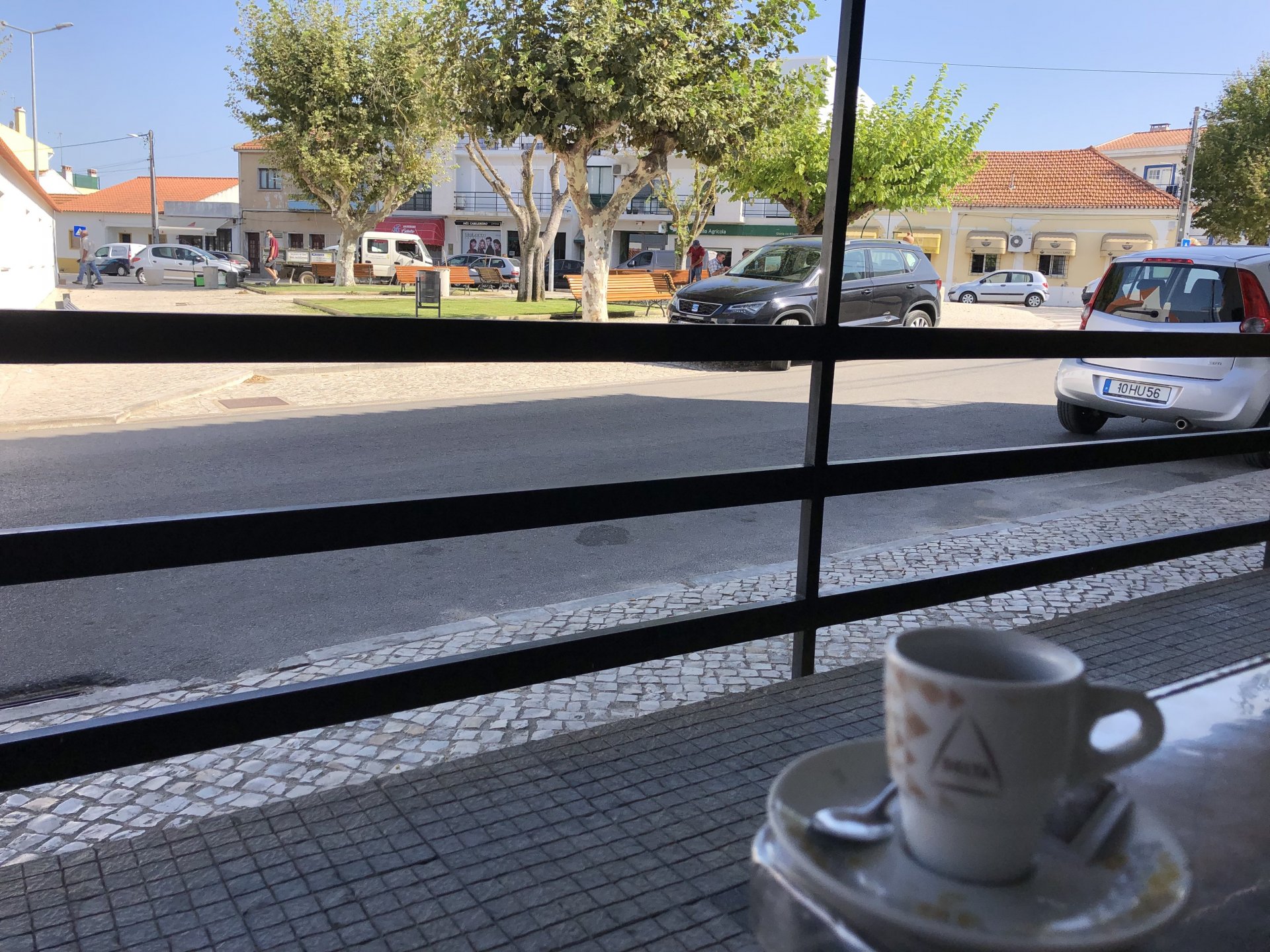
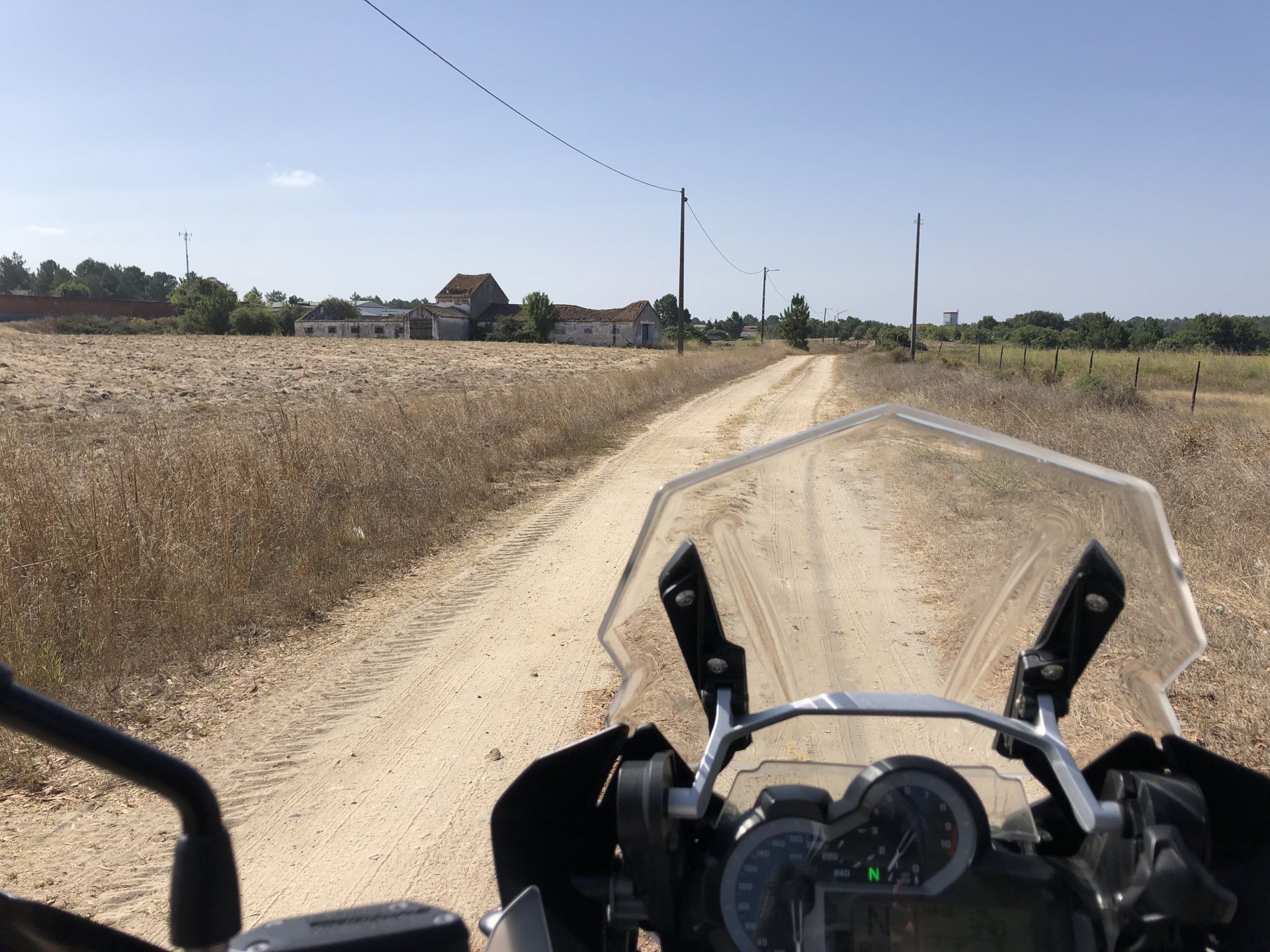

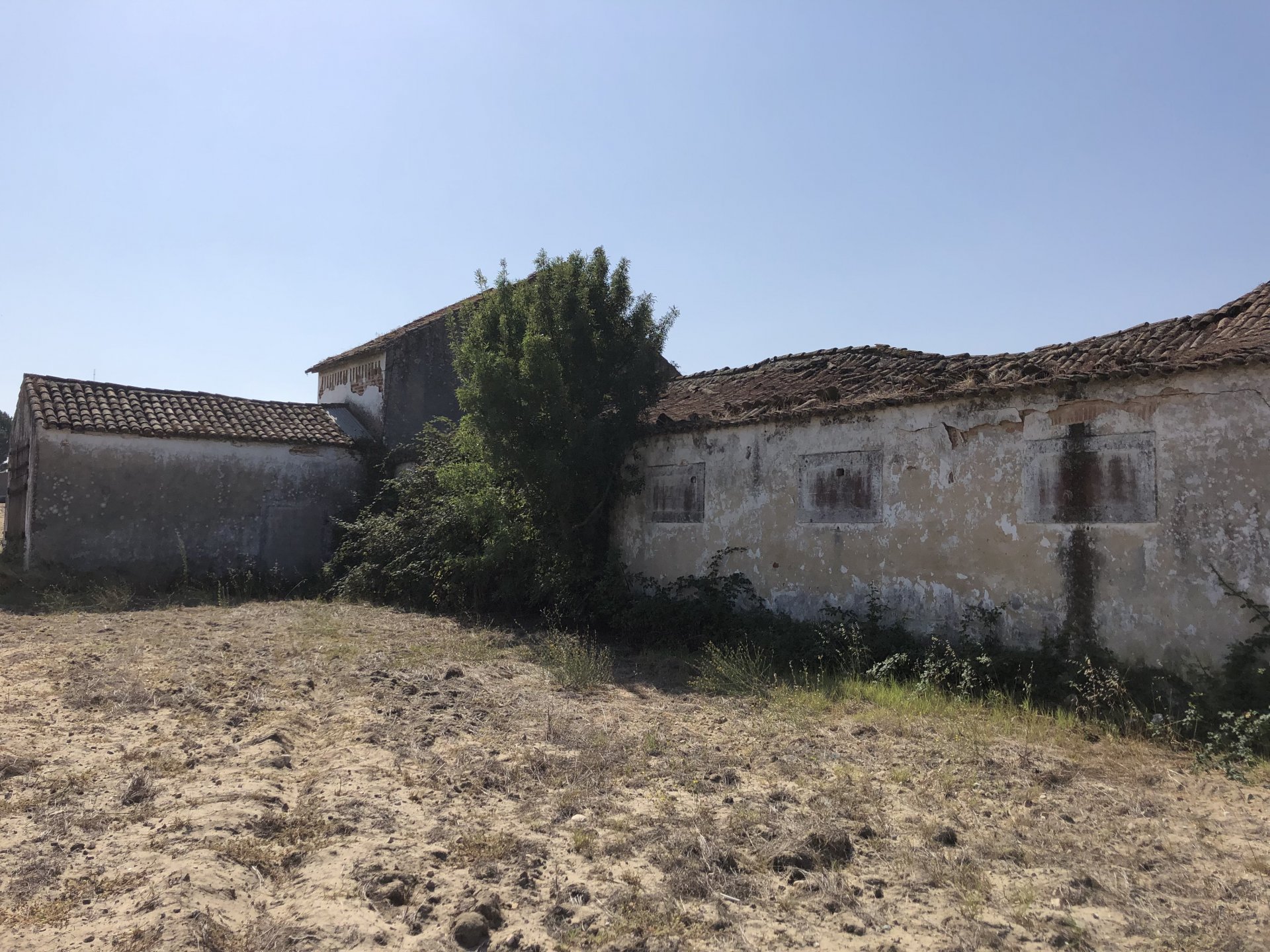
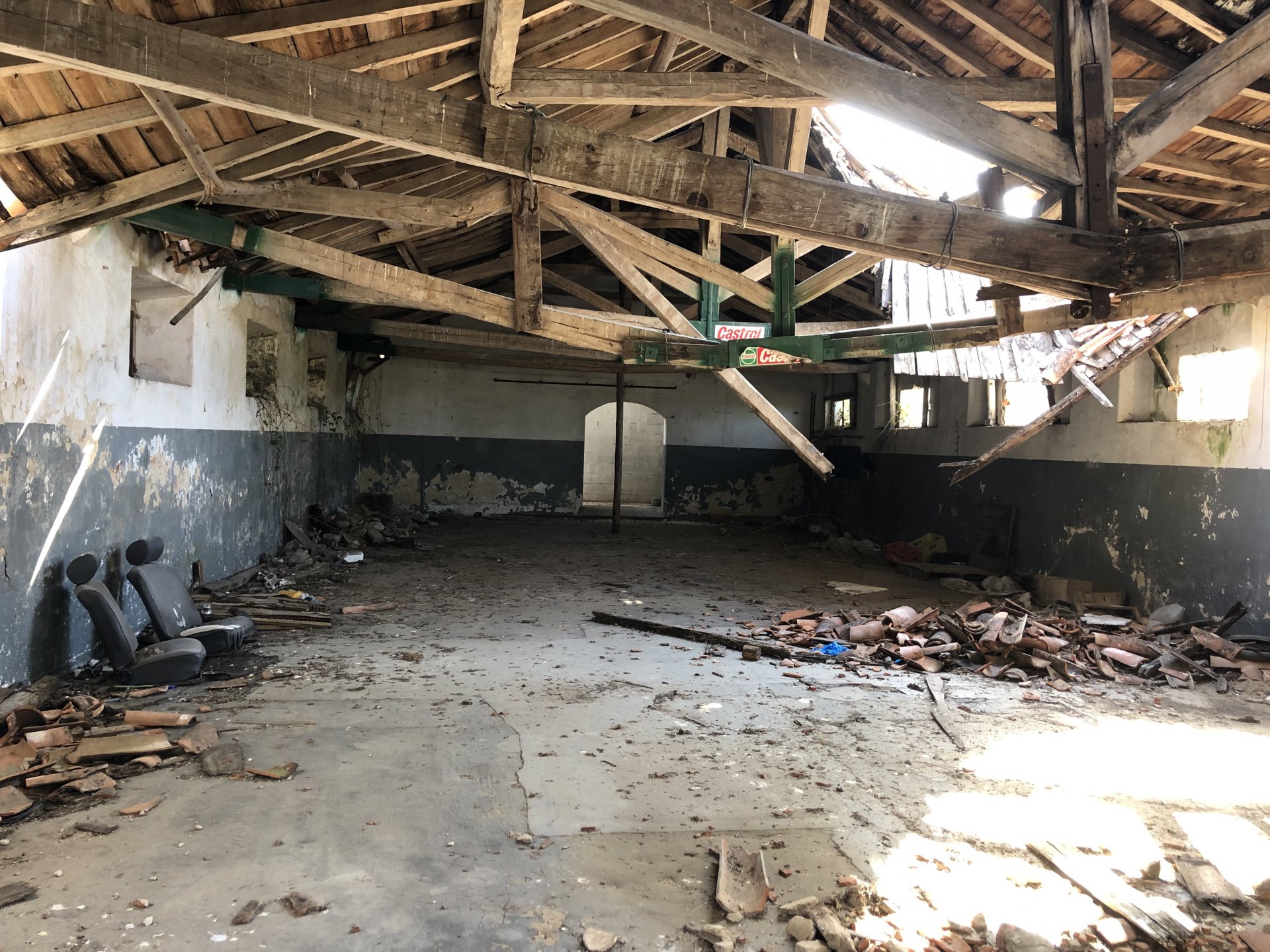
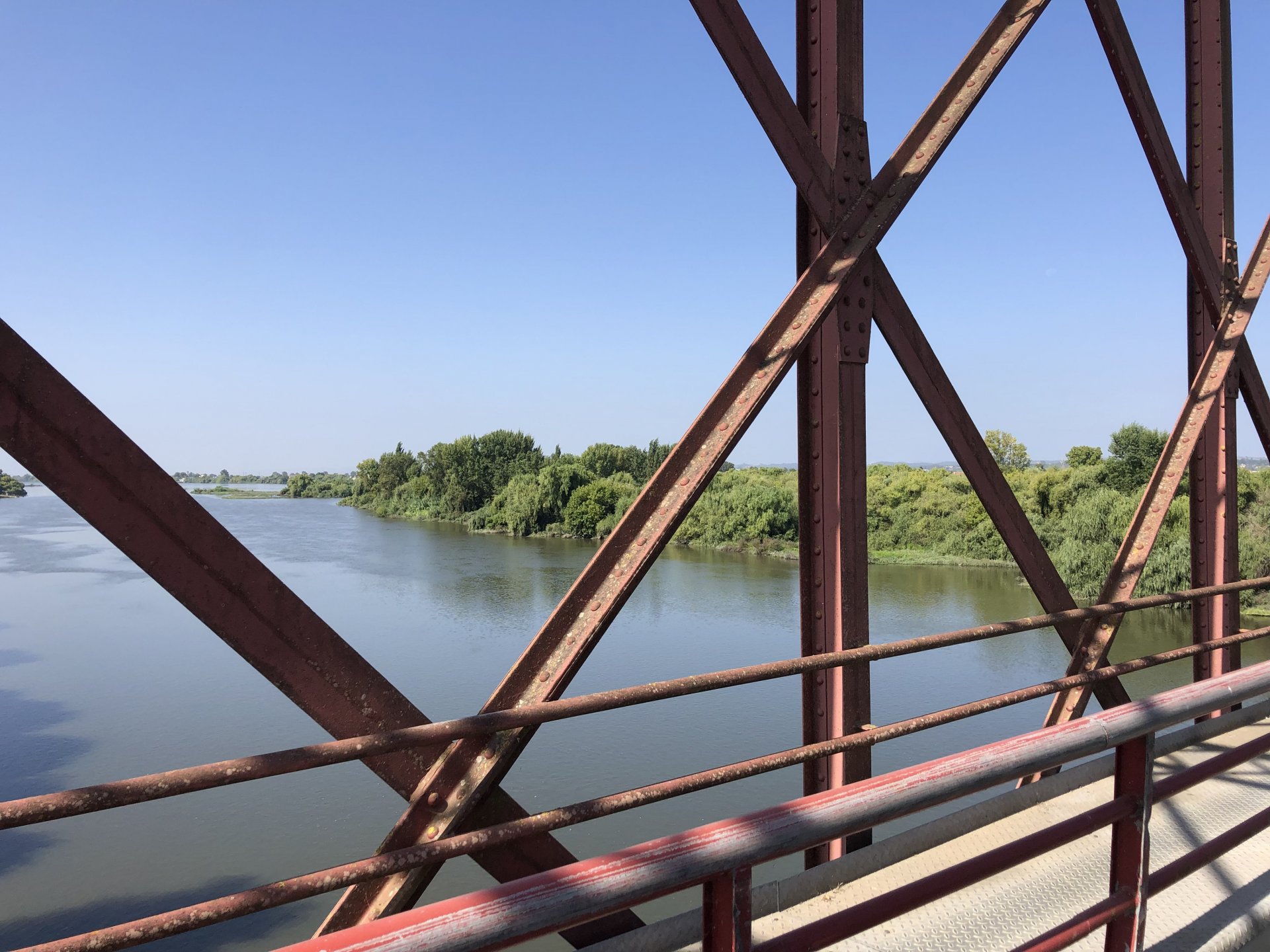
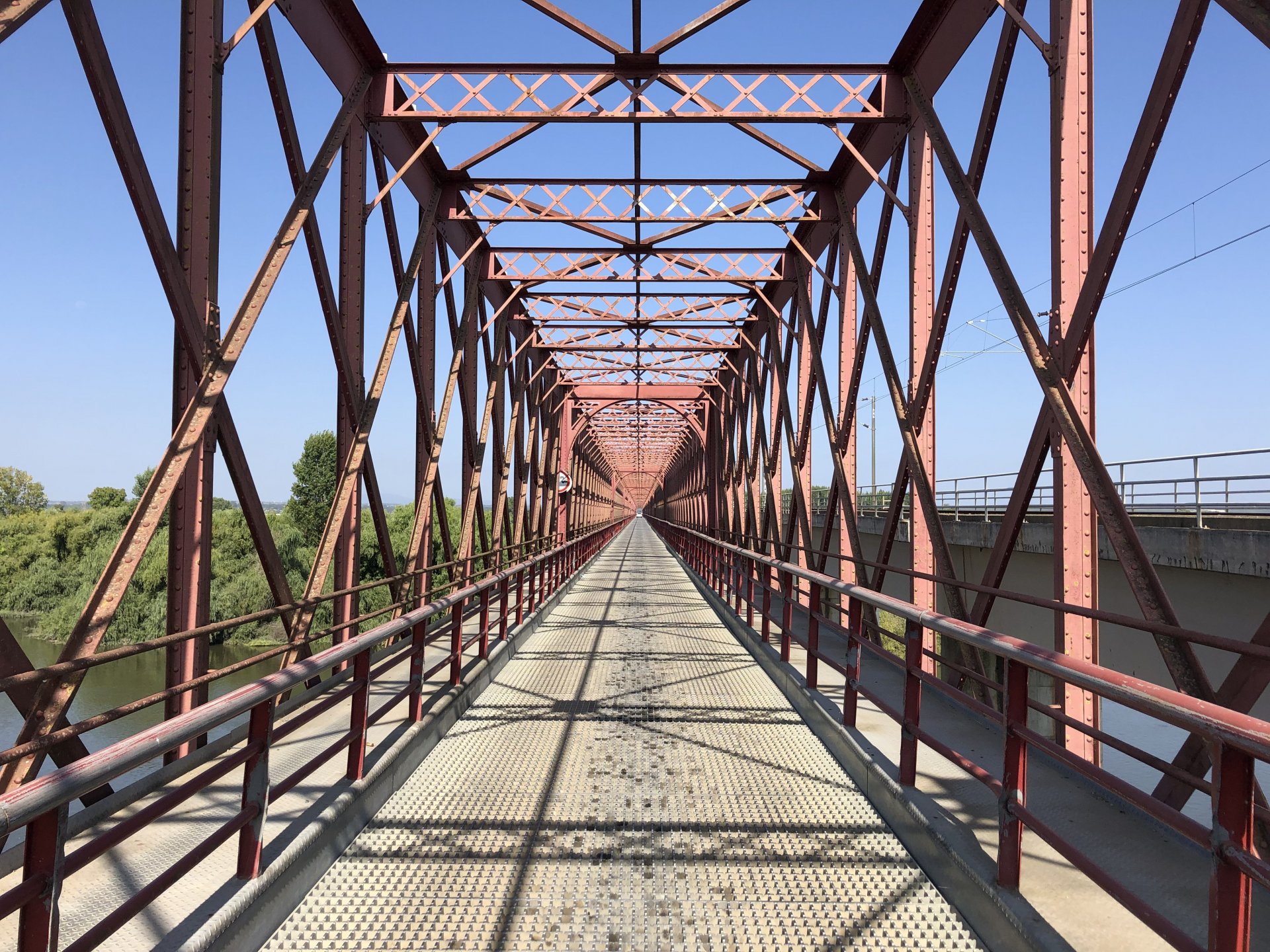
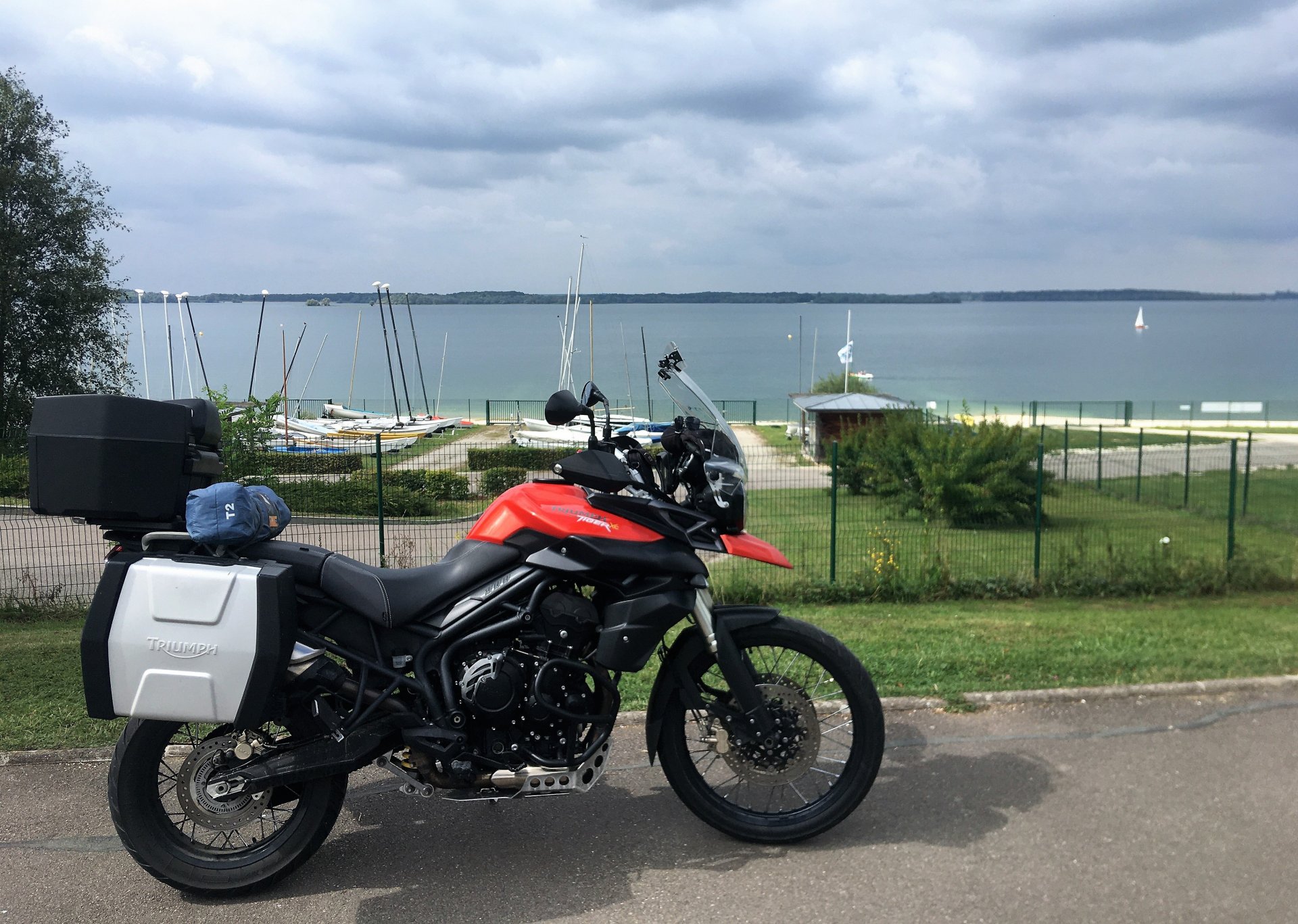








VERDUN
in TOURING
Posted
This is my great-uncle Albert, my nan's youngest brother who was killed near St Valery-en- Caux during the BEF retreat to Dunkirk in 1940. His grave is in the commonwealth graveyard there, which is another place that I want to visit.